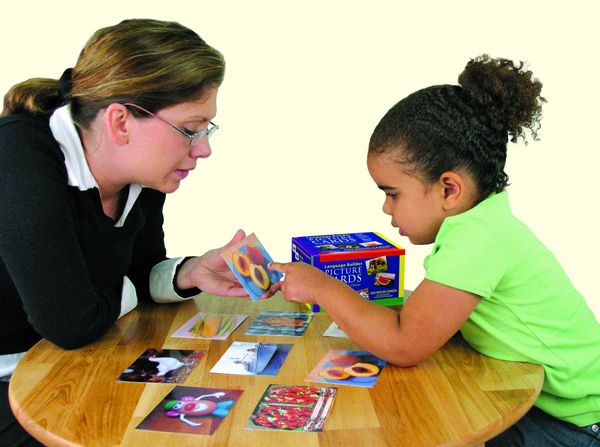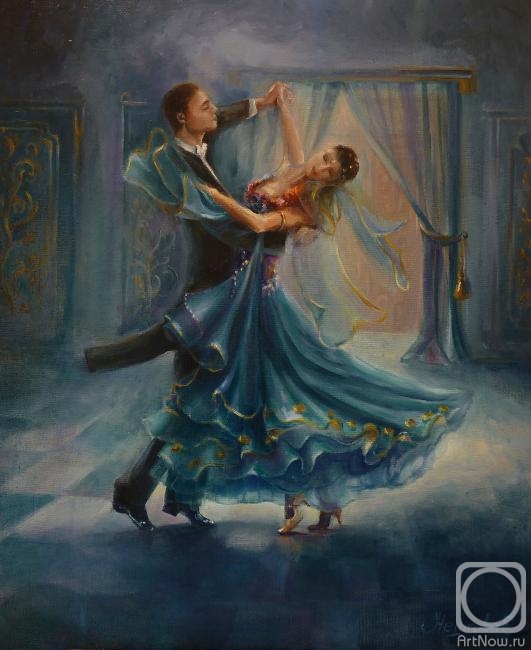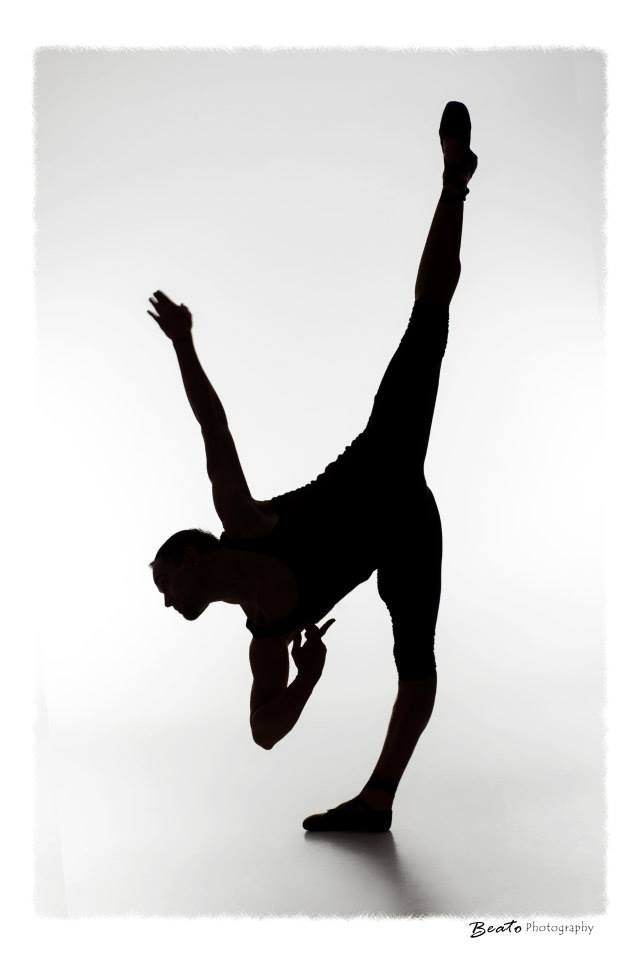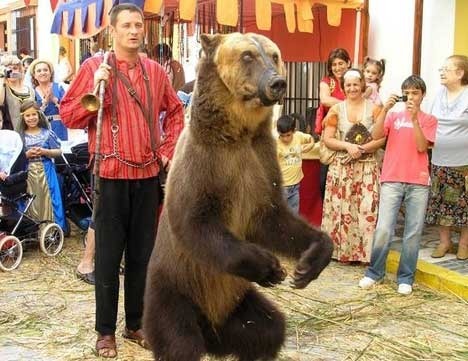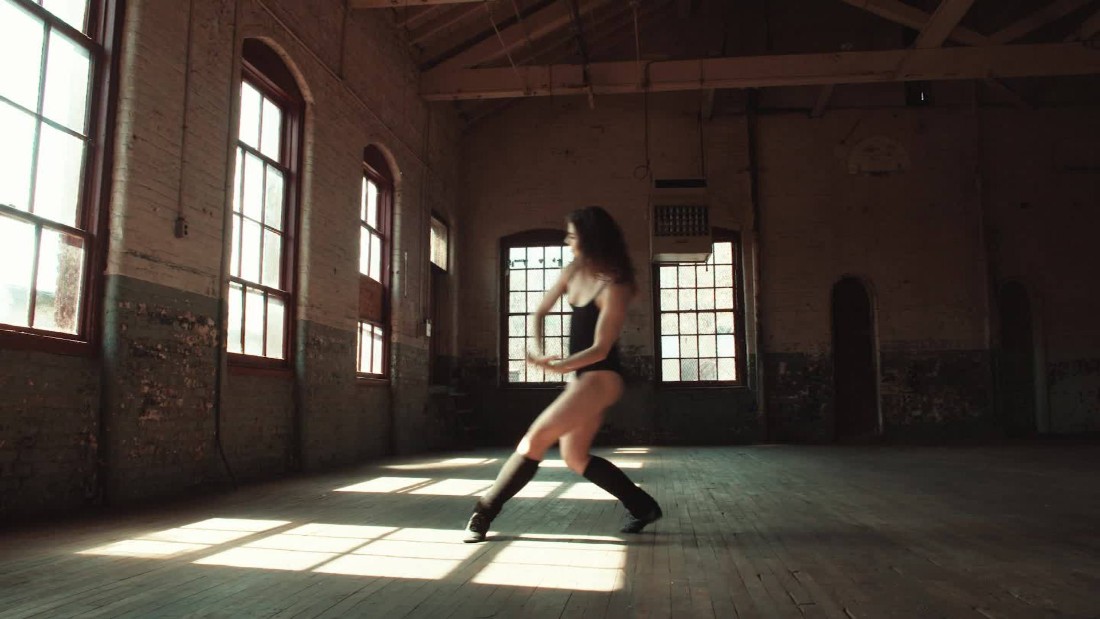How to prepare for your first dance competition
5 Dance Tips For Your First Competition
October 31, 2015 Dance Competitions Industry Expert
Going into your first dance competition can be nerve-wracking, regardless of whether you’ve been at the dance studio a few weeks or several months. Naturally, you want to do your best. However, what if you mess up your routine, something goes wrong with your costume or you forget to bring a crucial item? While most of the time these issues don’t occur, they can still be major worries until your routine is over. Luckily, there are some easy ways to prepare yourself so these issues don’t happen. Consider these five dance tips on how to prepare for your first competition.
1. Practice, Practice, Practice
Practice makes perfect, right? While continually practicing your routine allows you to really nail down your steps and completely understand the timing, it also improves your stamina. The more you practice, the better your breathing gets, the stronger your legs get and the easier the routine becomes. Every time you practice, only give yourself 30 seconds in between ending and beginning the dance again. That way, you can prepare your muscles for exactly what will happen once the competition comes.
“Believe that you are showing others how to dance instead of being judged on your dancing.”
2. Consider Yourself A Teacher
Every time you dance, you should consider it to be a demonstration instead of a performance. Believe that you are showing others how to dance instead of being judged on your style of dancing. With this mindset, you will want every move you make to be graceful, fluid and perfectly done so that others can learn from you.
If you believe that you are leading the way, instead of attempting to demonstrate moves that will be judged by others, you’re much more likely to practice – and perform – better. Don’t follow, teach!
3.
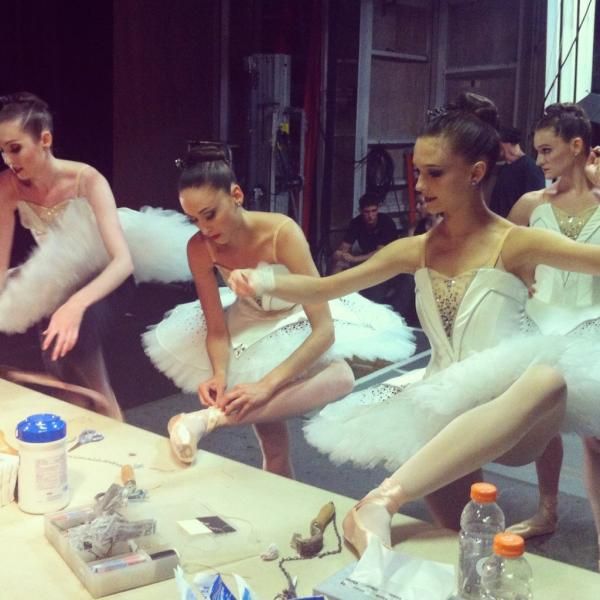 Don’t Make Last-Minute Routine Changes
Don’t Make Last-Minute Routine Changes Many dancers will stress over their routine for so long that they worry it’s not perfect and needs to be changed. So, they might begin by changing one simple move, and slowly chip away at their entire routines. This isn’t the right move to make. Once you have your routine down pat, don’t obsess over it.
Instead, let it be – don’t think about it if you can make it look better. The only time you should be wondering if you should have changed your routine is after you get your score back. Also, small changes can alter what you pack. If you’re wondering what you should be packing, watch the video below.
4. Eat Right
Eating the right meal before your dance competition is critical to your performance. You can eat the right meal and you can definitely eat the wrong one. After a few performances, you may learn what foods work best for you. However, at the first one that can be hard to determine.
However, at the first one that can be hard to determine.
Instead of eating one big meal before heading to your competition, eat several snacks to keep you light and energized without feeling heavy or bloated. Consider eating healthy foods like vegetables, as well as protein-based ones. Think about snack options such as peanut butter and apples, trail mix, carrots and hummus, and cheese and crackers.
Eating a healthy snack before the competition can help you get started on the right foot.5. Let Loose
During your routine, it’s important to look as comfortable as possible. Many judges will look to see if you look natural in your dance. Judges don’t want to see that you look stiff or awkward in the routine, which can make or break your complete score. At the end of the day, practice the routine enough so you can do it in your sleep, but have confidence that you can do it too!
tweet
37 Tips for Your First Dance Competition
Whether it's your first time or your 50th, your your first dance competition, this is a big deal.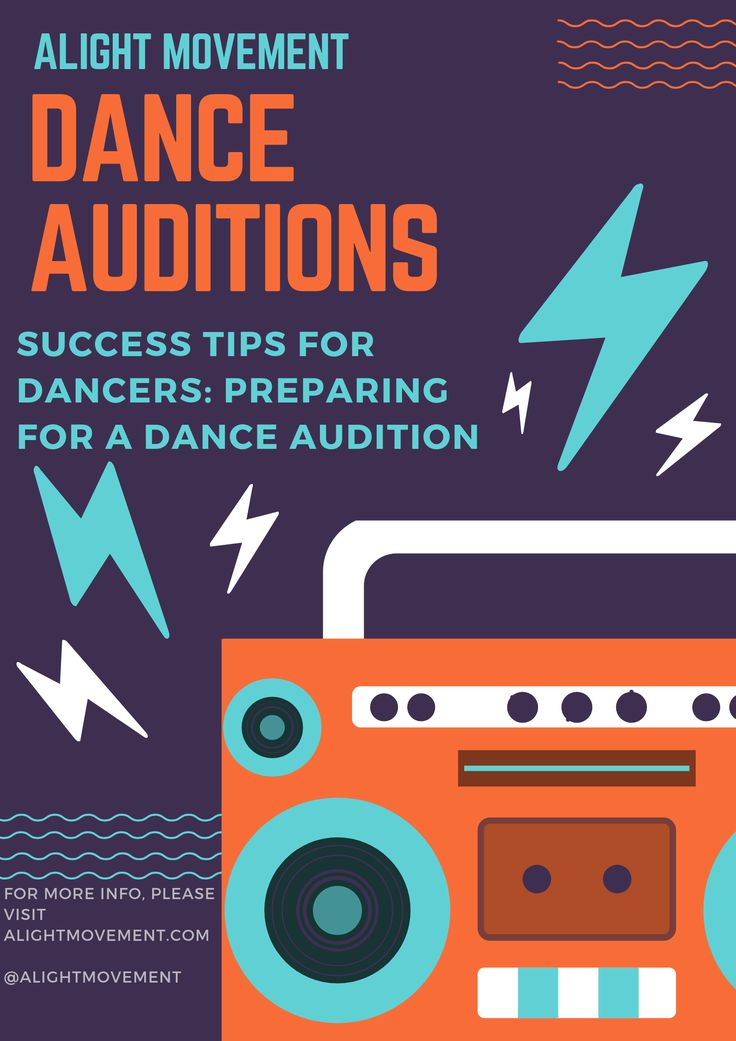
After all, you probably didn't start this hobby with a lifelong urge to participate in an event like this, or maybe you did, and either way - you're not alone.
This article is your Pre, Mid, and Post event checklist. It's designed to give you a reference point on all the major things you will need to work on, remember, and schedule to get the most out of the experience.
Don't worry, it is broken up into sections based on where you may be in the process.
Pre-Event Strategy | During The Event Strategy | Post-Event Strategy
Pre-Event Strategy1. Lock in your DateWe all have a calendar. We are all well aware of the dates, times, and scheduling technology it is capable of, yet owning something and using it are two completely separate things.
The sooner you secure the date of your Dance Event, the sooner you can begin to prepare. Think of it this way, you will prepare the same way you have scheduled your event.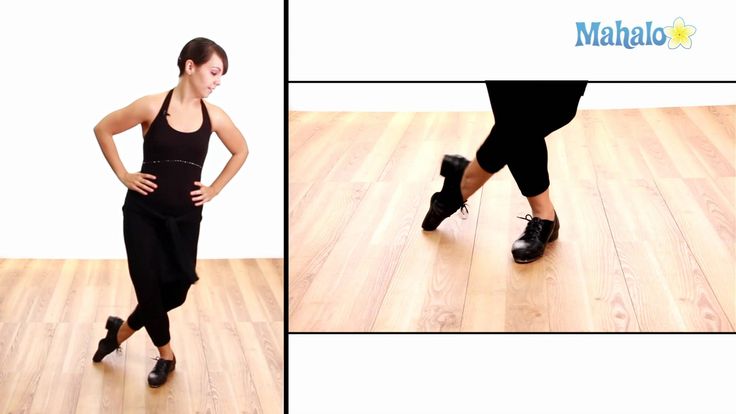 If that means you have "sort-of, kind-of" scheduled it, then you're only "sort-of, kind-of" preparing.
If that means you have "sort-of, kind-of" scheduled it, then you're only "sort-of, kind-of" preparing.
No one ever feels ready. Now, that doesn't mean you can't be prepared, but if your perfect description of the term "Ready" includes the perfect mastery of both the dance steps, your heartbeat, and your adrenal glands - then, I'm sorry, you'll never be ready.
Unfortunately, many students wait until that version of "Ready" shows up, and opt to skip out on events until it happens.
Instead, it's better to anticipate those uneasy butterfly feelings your body is sending through your body. Prepare a pre-performance routine, like Dan McGinn shared in his podcast interview on "Off the Floor", and just know that the event you're participating in is designed to show you, after you've danced through the pressure, that "Ready" is a feeling that is best appreciated afterwards.
"I did it! I'm ready for the next one. "
"
Take the first 10-15 minutes of your upcoming lessons to simulate the environment at the event. One easy way to do this is to practice dancing without stopping.
During the learning process, it's easy to create an environment where you are, essentially, hitting pause, rewind, and play whenever you encounter mistakes.
Preparing under pressure is a concept that will help eliminate the habit of stopping after each mistake.
4. Bet on Your StrengthsYou won't need to demonstrate the entire syllabus, or show off your entire repertoire of moves you've acquired at your event. Your goal is to always demonstrate what you know best, because you'll perform it the best.
In each dance you'll have a handful of patterns that will be your go-to, bread-and-butter, moves. These should be the patterns that show off your strengths, technique, and style.
5. Address New MaterialJust because you've limited the material as you prepare, that doesn't mean you'll discard any new patterns, techniques, or concepts. In fact, a dance event can serve as a great deadline for getting new material started.
In fact, a dance event can serve as a great deadline for getting new material started.
Just remember #4.
6. Your Biggest CompetitionIf you didn't know, you are the only competition you will ever need. Just like golf, ice skating, or hatchet throwing, you are always going head to head with your own best effort.
7. Load up on Practice PartiesThere will be other people on the floor. From a comfort standpoint, this can be both a blessing and a curse. It's definitely more comfortable having a group of people on the floor, after all, you won't be the only one being watched. On the downside, you've got to navigate through traffic - also referred to as Floorcraft.
So load up on parties. The more traffic, the better.
8. Backup PlansEven pre-rehearsed choreography is subject to change, given that there are other humans on the floor with you. Think of this like driving a car, playing chess, or running the two minute offense in the Super Bowl.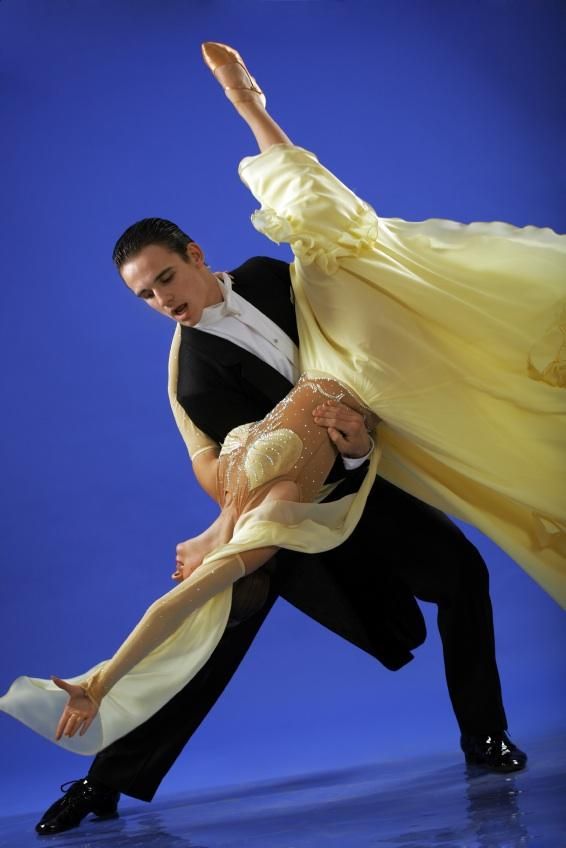
You need backup plans.
There is absolutely no way you will start and end your dancing exactly the way you have planned. Get over it.
What you can do is have some fallback maneuvers. Moves that are familiar enough that you can easily get out of trouble, regroup, and possibly connect back with any choreography you've missed.
9. Practice at Full IntensityNo, this is not permission to suddenly get overly dramatic on your lessons, but you should, absolutely, practice your dancing at a maximum level of effort.
Why?
Because your effort is energy, and since you're dancing with someone, that energy can be felt. If the only time that happens is the day of the event, that can lead to a loss of balance, missed signals, or further dance disaster.
So, max out in the studio so your teacher, or partner, knows exactly what you are capable of and can prepare accordingly.
10. Maintain CommunicationImagine driving a winding road, late at night, without your headlights on. That is the scary scenario equivalent of keeping concerns or anxiety to yourself, and not keeping an open dialogue with your teacher.
That is the scary scenario equivalent of keeping concerns or anxiety to yourself, and not keeping an open dialogue with your teacher.
In the same way that one push of the headlights button could drastically improve the safety of driving at night through a windy road, one simple decision to communicate any concerns you might have can give your teacher the opportunity to keep your dance performance vehicle on the road.
11. Goal: Log Minutes, Not TrophiesThere's a version of you that is calm, confident, and fully capable of dancing the way that you do in the studio, even when it is at a big dance event. That version of you is accessible once you've logged enough pressurized minutes on the dance floor.
Your number one, without a doubt, goal for any dance event is to melt away the external layers of nervousness and anxiety to find that dancer on the inside that is too tired to care that people are watching.
So rack up minutes on the floor. The real trophy will be the newly formed confident dancer that emerges by the end of the event.
The real trophy will be the newly formed confident dancer that emerges by the end of the event.
There are some dances that allow you to set your brain on auto-pilot a little easier. Dances like Merengue, Country Western, and Peabody are just a few examples of, what we like to call, "Low criteria dances".
Their goal isn't to replace your favorite dances, but instead, they get your body moving, get your face smiling, and will help accelerate your comfort on the dance floor by the time the dances you care about the most start up.
13. Goals: Work PercentagesYou need to re-calibrate the traditional goal setting you may be used to. Get ready to ditch the black and white, pass or fail, good or bad assessments and aspirations. You have to remember that you are doing something artistic, performing in a different environment, and there are a lot of moving parts.
So here's the new way to set your goals - percentages.
Pick an objective you've been working on for a while. Then set a percentage of the dance where you'd like to see it in action. "I want to see myself on video smiling in the Foxtrot at least 25% of the time." Insert any other goals, and chat with your teacher about what percentages would be appropriate.
14. Goals: Expected Vs. BonusSometimes it helps to understand what your teacher is really expecting from you. Unfortunately, often times, students can judge themselves to a higher criteria than their teachers, or the judges, are expecting.
Real talk.
To counteract this, get together with your teacher and determine what would be something Expected (for example, "staying on time in Waltz for at least one lap") and what would be a Bonus Goal (for example, "maintaining rise and fall from start to finish").
The best part? Whatever is your current Bonus Goal will be an Expected Goal in the future.
15. Multi-Day ItHere in Northern California, we are fortunate to have a District Showcase that is two days. This immediately gives participating students an incredible benefit: Less dance regret.
This immediately gives participating students an incredible benefit: Less dance regret.
Every dancer, amateur or professional, will wake up the morning after a dance event with a list of missed opportunities on the dance floor. With a second day, that list can become a to-do list for day two.
So if there's still time, do whatever you can to add a second day of dancing. It's a built in dance-developing, regret-fighting activity.
16. Bring SnacksIt's important to stay hydrated, first and foremost. Especially if you are actively applying #16 before you dance or during long breaks. This may sound crazy, and against the current healthy grain we are all abiding by, but bring something sweet.
Maybe it's a bag of gummies, a couple of Snickers bars, or, if you insist, some fresh fruit. You will need a little pick-me-up if you have to wait a while.
Aside from that, protein bars and trail mix can tide you over until the lunch buffet.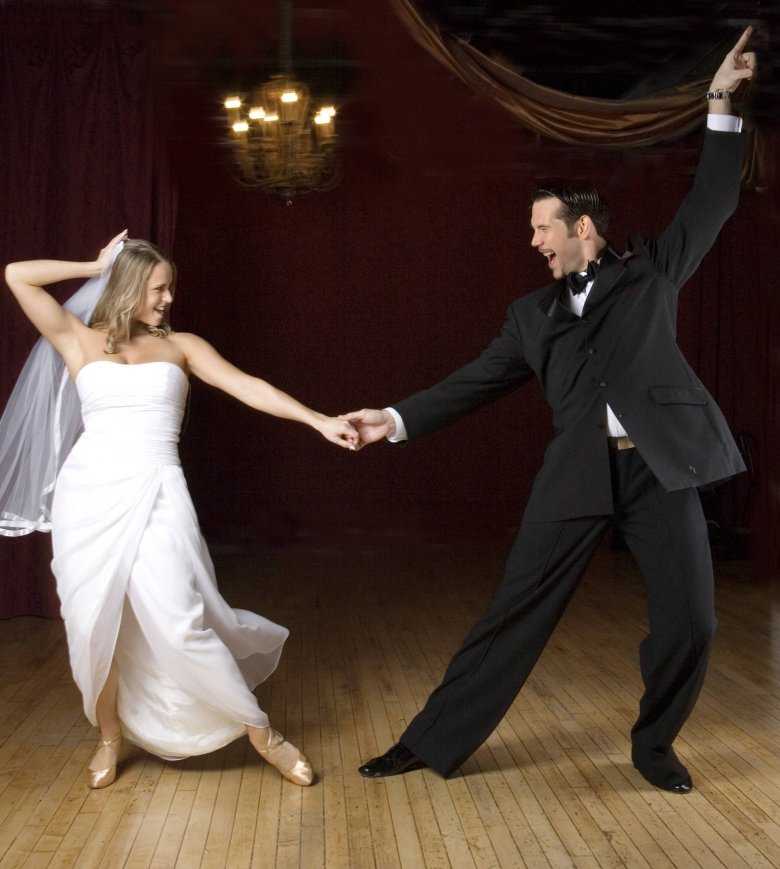
Sure, you may be able to pull off the magic act of slamming random garments and a laptop into an overnight bag for a work conference you could attend in your sleep, but this is not that conference.
It's important that you pack outfits for the Smooth and Rhythm categories. Many will add a second set of outfits for the second day, and you may want to eventually change into a different costume for Open Category. It's easy to forget to pack certain items, and it doesn't get any easier if you're doing it last minute.
Bottom line - pack in advance, ask your teacher for suggestions, and don't add any unnecessary stress to your life 24 hours before you dance.
18. Post Event StrategySure, this may sound like something you'd do after the event, which sort of goes against the placement of this point in the article, but you should decide on your post-event strategy while you're still in your pre-event preparation.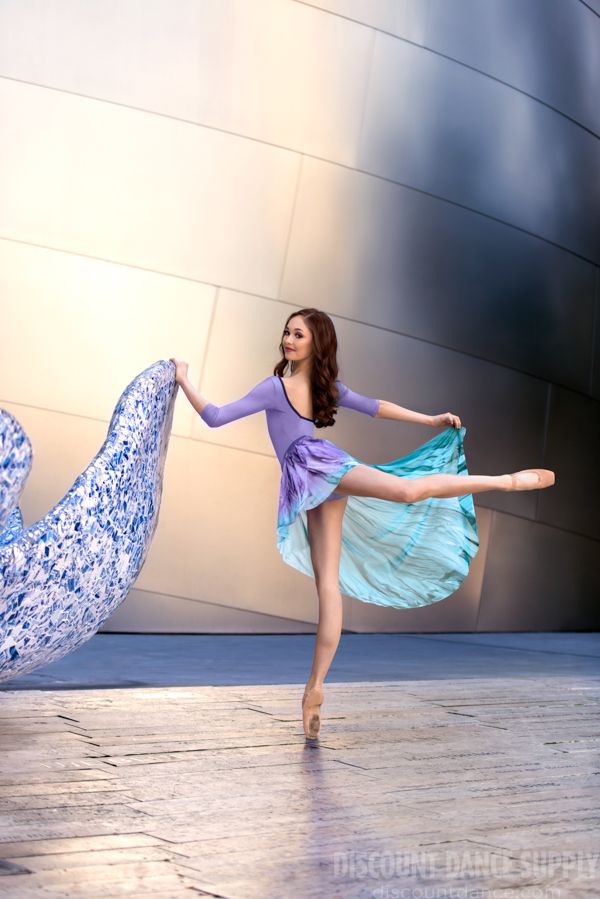
Let's repeat that: You absolutely, without a doubt, must agree to your post-event strategy while you're still in pre-event mode.
Set the agenda, schedule coaching lessons, and pinpoint areas of the program that will be improved immediately following the event, and you won't lose any momentum or progress when the event finishes. The reality is that you will be accruing vast amounts of progress in your pre-event preparation, but a momentary decision to take time off afterwards can nullify it.
Strategy During the Event19. Greet the JudgesIt may sound crazy, but the judges will always come across as ominous dignitaries until you meet them. Whether that's before the event begins, or during a break in the action (try the lunch break), feel free to introduce yourself.
It will immediately reduce any weird, judging speculation you may have, and you may even get a great selfie in the process.
20. Arrive Early
Arrive EarlyThere's a reason every Dance-O-Rama starts with at least a day of leisurely activities, and why the most experienced students arrive on Friday for the District Showcase. It's called stress reduction.
The logistics of packing and traveling to any type of dance event can take its toll. So the sooner you arrive, the sooner you can unpack, find a quiet spot, and start warming up.
21. Warm Up, Get HotYour first sweat shouldn't be on the dance floor. If you play your warm up cards right, you should already have the perspiration going prior to performing.
Whether that's dancing basics on your own, running through choreography, or good old fashioned stretching - it makes a big difference, especially in your first 10-12 dances, when your body is already warmed up.
22. Introduce YourselfThere will be a group of people that you'll be dancing with throughout the day. It's hard to tell when adrenaline is coursing through your veins and you're stuck in the mental fog of your dancing checklist, but they are there.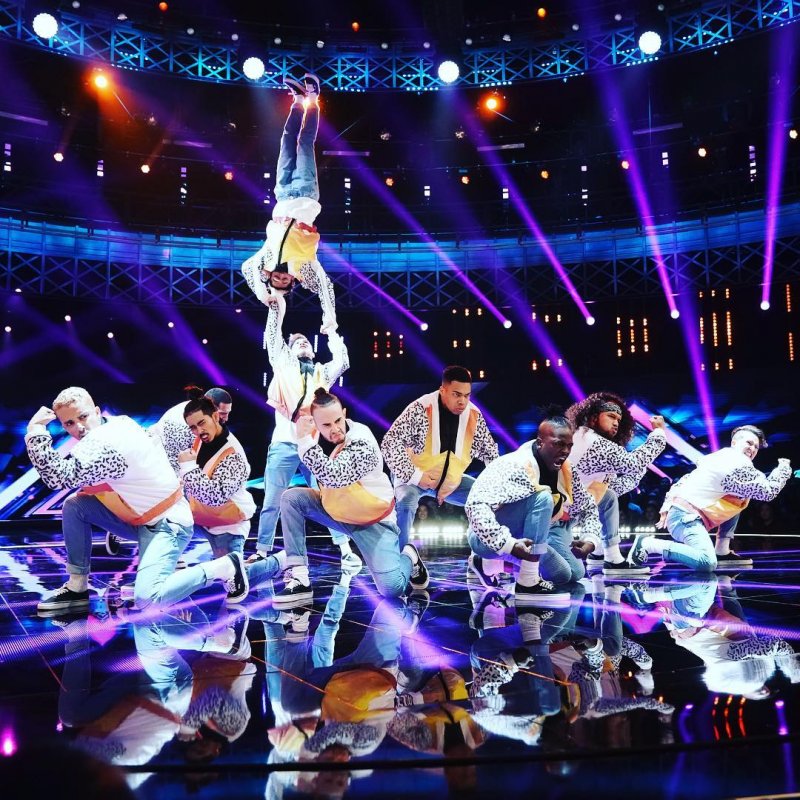
One great way to cut through that fog, and to just enjoy the event more, is to introduce yourself to some of the students around you. After all, they are sort of like extended family. Say hello, you have a lot in common, and you may find that you've got another person to look forward to seeing at the next one.
23. Eliminate Your Side View MirrorsSpeaking of other people (#22), there will be people, just like you, at this event that took a leap of faith, worked really hard, and can use any additional random acts of encouragement they can get.
The performer in you may want to see every other student as a threat, a competitor, an adversary. That same performer may give a sideways look at them as they walk by.
Note: There is zero possibility of someone seeing a sideways glance as a random act of encouragement.
So instead, remember that you are your only competition, and everyone is attending the event to improve in some way. Stop someone, tell them they made a great choice to participate, share something that you appreciated about their dancing, and let them know you'll be cheering for them the next time they pass by.
Stop someone, tell them they made a great choice to participate, share something that you appreciated about their dancing, and let them know you'll be cheering for them the next time they pass by.
When you finish a dance, there's a part of you that will want to calculate the mistakes, the two dozen seconds where you couldn't hear the music, and if you continue that way, you'll quickly eliminate any possible benefit to participating.
Instead, think of the word calibrate. Your teachers are like ringside coaches at a boxing match. Before you make any wholesale assessments, ask a question, "How did I do?" Don't forget to let them answer, then follow up with, "what should I focus on in our next dance?".
Your teacher may not be prepared to dance the next one because those two questions could cause them to cry spontaneously and lose all composure.
25. Scream and SmileIt sounds weird, but the sooner that you scream and cheer, the sooner that you're going to laugh and smile. It's as simple as that. A showcase is your dance hobby version of summer camp, or a pep rally, and you just won't get the full experience if you're quiet.
It's as simple as that. A showcase is your dance hobby version of summer camp, or a pep rally, and you just won't get the full experience if you're quiet.
So let loose. The more noise you make, the more comfortable you'll feel.
26. Dance Stuff: Take the Floor (Quickly)The sooner that you walk on the floor, the easier it will be for the judge responsible for your feedback to find you. Not only does this keep the event running smoothly, but it's a bold statement that can help you shed your nervous exterior even quicker.
27. Dance Stuff: Bumps Will HappenRemember that little bit about Floorcraft? Or all those times your teacher explained the importance of the Practice Parties? Well, it's events like this that really put that to the test. But no matter how much you've prepared, bumps will happen.
When it does, stay calm.
This won't require a long drawn out apology and an exchange of your insurance information, but a quick wave, nod, or mouth the word sorry and get back into dancing. For more major collisions, you may want to stop to see if the other person is okay, but in general, treat it more like Bumper Cars at the fair, and less like a fender bender on the freeway.
For more major collisions, you may want to stop to see if the other person is okay, but in general, treat it more like Bumper Cars at the fair, and less like a fender bender on the freeway.
Every now and then someone will fall. This happens once or twice at events like this, and aside from a bruising of the skin, or your ego, getting back up and finishing the dance will usually net a bigger applause than anything you did dance-wise before you fell.
Why?
Because every single dancer - student, teacher, or judge - has been there. So get up, keep dancing, put it behind you, and you'll be applauding even louder for the next person it happens to.
29: Dance Stuff: Reset MovesSo if anything like #27 or #28 happen, or you just happen to blank out or you are trying your best to avoid a collision - it's good to have patterns that help you get reset that are familiar and effective.
In the Foxtrot, use the Swing Step.
In the Waltz, use a side Hesitation Step.
For something like Rumba, try a Rumba Break or Second Position.
In each case, these lateral moving patterns can help hit the refresh button on any clutter in your execution, and get things reset with a clean slate.
30. Keep TabsYour teacher is going to be pretty busy at events like this. If they've got 2-3 students, they will be managing multiple schedules, and if they've got more than that, they may even have other teachers assisting. It's a lot to juggle.
Here's how you can help.
You'll have a copy of the dances you're doing on what's called a "heat sheet". Treat this like a precious manuscript, or the login credentials to all of your social media accounts - very carefully.
If you aren't dancing for 20 more heats, let your teacher know that. If you're within 5 heats of your next dance, let them know that you'll meet them at the lineup area. The better you are at your schedule, the lighter the burden becomes on your teacher.
The better you are at your schedule, the lighter the burden becomes on your teacher.
When all your dancing is finished, it will be time to take a well deserved bow - and drink a well deserved celebratory beverage of your choice.
It's not just the dancing that you did, but what the dancing did for you. By this point, you're leaving the floor in a much different physiological state than when you first entered it.
The nervous energy is replaced with enjoyment, and, hopefully by that point, you're too tired to care about the pessimistic voice in your head. It's this point that unlocks your ability to dance in front of people with no hesitation. Whether that is an audience of dance students, or your friends and family.
Post Event Strategy32. Critique with the ConsultantAs important as it is for you to create your own personal proof of progress, hearing feedback from an outside opinion can help to shed light on areas you hadn't considered, or validate feedback from your teacher.
The critique is designed to pinpoint trends, offer areas of improvement, and act as a launch point to the next chapter of your dance program.
Not to mention, it replaces any speculation you may have had about the judges' opinions with a conversation to clarify your next steps.
33. Repeat Your Prep-WeekMany students load up their lesson schedule the week before their big dance event, but reduce it drastically the week after. The students who lock in the most progress maintain the pre-event schedule in the week following the event.
This allows you to follow up with the feedback from your critique (#32), and build on any feedback you and your teacher may have shared from the event while it is still fresh in your mind and body.
34. Coaching LessonsImagine talking to a plumber about a leak, but you're not sure where it is on your property. That would be an expensive consultation.
Now imagine that same interaction, but you know exactly which pipe is responsible.
That's a little like a coaching lesson immediately following a dance event. Any areas of your dancing that need to be addressed are backed by recent, specific experience instead of a general feeling.
Example:
"We'd love for you to look at our Foxtrot. We noticed that our head position was great in closed position, but when things got crowded, our promenade wasn't as strong."
Instead of:
"We really want to make our Foxtrot look more confident."
35. Reconnect Your ProgramRegardless of what your points of emphasis were going into this dance event, you made major strides in your dance program... and you may not even know it.
In your week following the Showcase or Dance-O-Rama, sit with your teacher and have them show you the ripple effects in dance, style, or technical knowledge this event has created.
36. Set the AgendaIt would be weird for a newly married person to plan their Anniversary party, or worse - their next wedding, immediately after their wedding was over.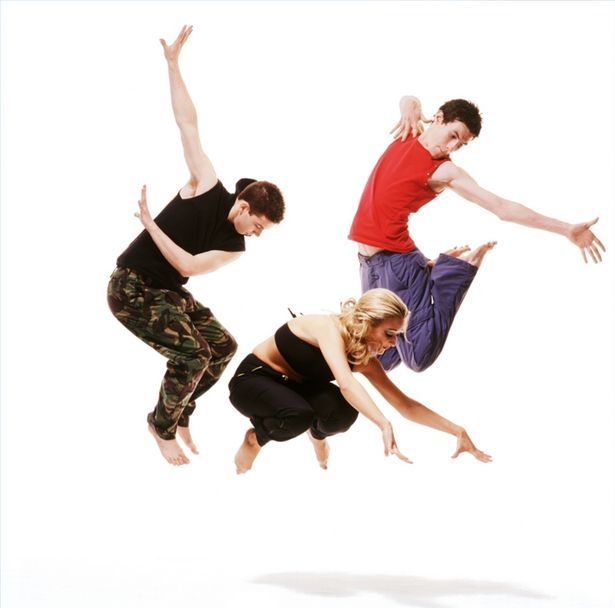
But for athletes of all genres, they already have their next game or match on the calendar.
As soon as you lock in the next few dance events on your dance calendar, you'll be able to start this checklist over again a lot sooner.
If you enjoyed this article, we would love to include you as a subscriber. You'll receive one email, once a week, with all of our best dance advice.
| Build Your Social Dance Skills with These 21 Challenges | |
| The Beginner's Guide to Ballroom Dance Lessons | |
| What Happens When Your Dance Partner Quits? | |
| Salsa Dancing Questions Most People Are Afraid to Ask | |
| Dance Partners Straight Out of Horror Movies | |
| The 2016 Arthur Murray All Star Championship Results |
How to prepare for the first dance lesson? What to bring to dance classes?
Contents
If you are going to visit a dance studio for the first time, it is important to know how to properly prepare for the lesson. To do this, several points must be taken into account. Then you can feel confident and "armed" for dancing.
To do this, several points must be taken into account. Then you can feel confident and "armed" for dancing.
What to take with you to the dance class
The ideal option is to provide a bag or backpack, which will always contain the things necessary for classes. Then you will be sure that you have taken everything you need with you and have not forgotten anything. What should be put in such a bag?
Clothes
To figure out what clothes are right for you for dance lessons, you need to know for which direction you choose them:
- Tight clothes made of elastic fabric are suitable for ground lessons. It can be leggings, a T-shirt, a T-shirt. Give preference to sports options, without a variety of fasteners, rhinestones, zippers. They can injure you or your partner. Avoid clothes made from low-quality synthetic materials that are poorly breathable and do not absorb moisture. Moreover, the idea of exercising in leatherette leggings should be abandoned.
 The fit should be medium or high so that the leggings do not slip during active movements. Some people are comfortable in shorts, but not all. Bare feet can be damaged by contact with the floor.
The fit should be medium or high so that the leggings do not slip during active movements. Some people are comfortable in shorts, but not all. Bare feet can be damaged by contact with the floor. - For active styles like hip hop or contemporary, looser clothing is more suitable. Wide trousers, oversized sweaters, T-shirts several sizes larger will allow you to feel comfortable and fully open up in the dance.
- Leotards (one-piece leotard) are purchased for classical dance styles. The sleeve can be long or short. Leggings are worn under the tights, but of a lower density.
Sign up for a trial lesson
Clothing should not be provocative, exposing those parts of the body that should not be exposed in public. Avoid transparent fabrics, underwear should not shine through. If you are comfortable wearing a top and shorts, make sure they are long enough. Choose clothes based on the temperature in the lesson. Do not dress too lightly if it is cold in the hall and vice versa. If you get hot during the dance, you run the risk of hypothermia while you remain motionless.
If you get hot during the dance, you run the risk of hypothermia while you remain motionless.
Choose clothes according to your taste, so that it is not only comfortable, but also uplifting, setting you in the right mood.
Shoes
Just as important as clothing. It should also be selected, focusing on the style of dance. For hip hop, stable sneakers or sneakers will be relevant. "Balniks" are recommended to practice in special shoes, as well as those who are fond of step. But oriental and Latin American dances will be more "economical". For them, ordinary shoes are suitable or you can do without them at all.
It is possible to train in socks, if we are talking about stalls or contemporary. But there is a risk of falling if the floor is too slippery. It will also be difficult to perform some of the tricks. In this case, Czech or half shoes would be ideal.
What else to put in your bag
In addition to clothes, there are a few other things to keep in mind when preparing for dance lessons:
- If you have weak knees and ankles, take care to protect them.
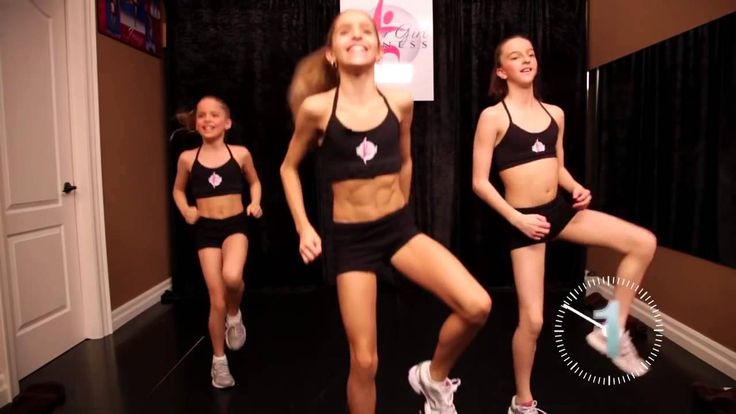 For this, knee pads and elastic bandages are useful. To protect the lower back from hypothermia, a warming belt is suitable.
For this, knee pads and elastic bandages are useful. To protect the lower back from hypothermia, a warming belt is suitable. - Additional “equipment” includes weights. Whether you need them or not is up to you. They are not suitable for beginner dancers. Weights are for arms and legs. Their weight starts from 0.5 kilograms.
- For those with long hair, elastic bands and hair clips are required to help them collect. Loose hair is not always comfortable to deal with.
- Be sure to pack a large bottle of water in your bag, as you're bound to get thirsty when you exercise.
- Use a small towel that absorbs moisture well. They make it easy to wash your face.
Don't wear make-up before going to class. In the process of training, there is a risk that the makeup will flow and smear. Also avoid strong-smelling perfumes and deodorants. People around you may not only have a different taste for aromas, but also be allergic to them. But the use of antiperspirants will allow you to feel more confident in training and avoid unpleasant situations.
Do not go to class if you feel unwell. When you exercise, you may get worse. In addition, you can accidentally infect other students or teachers.
Don't go to training hungry. You are provided with a breakdown, and they are very necessary for dancing. But you also don’t need to eat immediately before training, the optimal time for eating is an hour before training. Overeating before dancing is also not worth it, it will make you sleepy, your movements will slow down and become difficult. The same goes for lack of sleep. It will affect the quality of training not in the best way.
And, most importantly, be sure to take a good mood with you! The result and emotions from the training directly depend on the attitude with which you engage. If you are upset or depressed, then the dance class and the atmosphere can be the best medicine. After him, there will be no trace of a bad mood!
100 funny birthday table contests
Funny birthday table contests for adults, games, good jokes bring ease to the event, set good energy and cheerful mood. Funny drinking competitions, liberating the audience, bring together unfamiliar people, help communication, bring the necessary notes of humor and enthusiasm.
Funny drinking competitions, liberating the audience, bring together unfamiliar people, help communication, bring the necessary notes of humor and enthusiasm.
When organizing a feast, keep the good Slavic tradition of a respectful attitude towards the guest who entered the house, the guest - to the birthday man and those invited. Funny table contests for the birthday of adults will become your indispensable assistants in this. They will set the vector for the event, establish contacts between people at the festive table, stir up the audience gathered to honor the birthday.
Funny table contests for adults' birthdays
Funny table contests for adults' birthdays are entertaining and effective in any company. Functional duties are usually performed by the host, a person with the skills of a mass entertainer or the organizer of the feast - the "hero" of the celebration (birthday man). Prepare some prizes to motivate the participants of the entertainment.
Choose funny, table, interesting birthday contests for adults:
Subscribe to the official groups to be aware of new contests:
Vkontakte: vk.com/konkursoff_ru
Instagram: instagram.com/konkursoff.ru/
Facebook: facebook.com/konkursoff/
Odnoklassniki: ok.ru/konkursoff
1. Competition “All Together”
On a blank sheet of paper, one of the guests or the presenter, at the beginning (top) of the sheet, writes a phrase, for example: “Dear Ivan Ivanovich (birthday man), thank you for the day our acquaintance! Gives this sheet of paper to the next sitting guest. He reads what is written, enters his phrase a little lower - a wish and bends the sheet so that the first phrase of the host is not visible (you can put a couple of paper clips on the table in advance so that the sheet does not open). Gives the sheet with his open phrase to the next guest. This participant in the feast reads the entry without opening the folded part of the sheet, ascribes a wish from himself. He tucks a sheet of paper with a record of the previous guest, and passes it on. The action is repeated.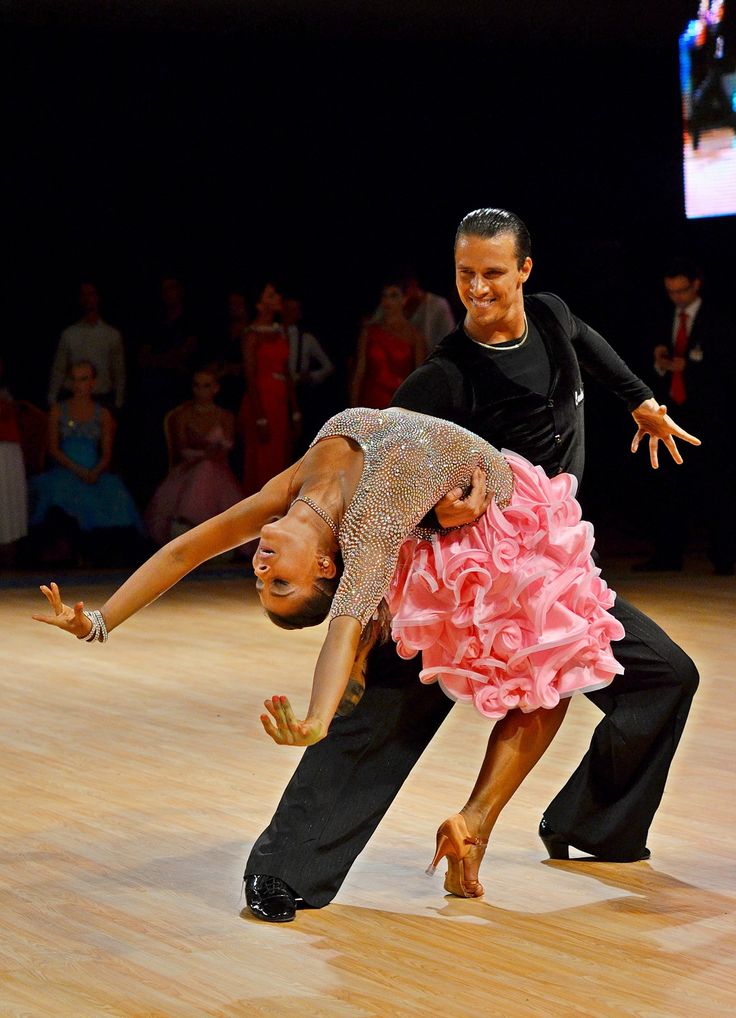 Thus, all the guests at the table will be participants in a playful birthday greeting (and a joke is a must). At the end of the competition, as soon as all participants write a message to the birthday boy, it is read out.
Thus, all the guests at the table will be participants in a playful birthday greeting (and a joke is a must). At the end of the competition, as soon as all participants write a message to the birthday boy, it is read out.
2. Contest "Greetings"
The host announces a fun music contest in which women will participate in one group, men in another. At the command of the leader, they will perform a musical greeting in turn. (The host needs to distribute sheets with couplets of songs to the guests of the feast.) Men begin (for example, a song like this: “Let's sing, let's live, let's love our life”), then women sing (a song for example: “Without me, you are my beloved”). While singing, the participants need to be creative. The host chooses the winning team at his discretion.
3. Question about the birthday boy contest
Make up a funny, fun dialogue about the birthday boy in the form of questions and answers. Write them on separate sheets of paper. Divide the questions and answers into 2 piles, without mixing, put the questions in one box, the answers in the other.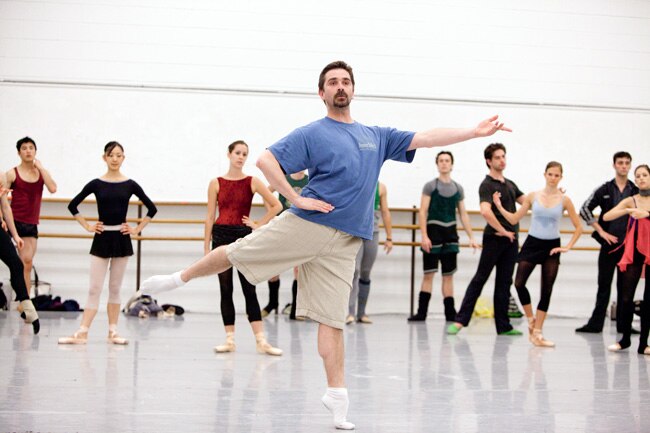 Invite a couple of guests sitting at the table to participate in the competition. They will act out a scene - a dialogue. (Example of a question: “How much do you think our birthday boy got?” Example of an answer: “I don’t know for sure, but there is a hundred, I already drank a glass.”
Invite a couple of guests sitting at the table to participate in the competition. They will act out a scene - a dialogue. (Example of a question: “How much do you think our birthday boy got?” Example of an answer: “I don’t know for sure, but there is a hundred, I already drank a glass.”
All participants of the birthday can be included in the contest. To do this, lay out unanswered questions on the table near the appliances of each guest, and instruct the host to read the answers. Make sure that the audience is fun and interesting, joke kindly, think creatively and all participants in the feast will be pleased with the result.
4. Competition "What for?"
For this competition you will need three plastic bags of any kind, a small table. The host invites three participants in the competition, gives each a package, and asks him to collect in them any, not too large items that are in the room. One minute is given to complete the task. After the “Stop” command, the host asks each player to put their items on the table in turn and explain to the guests why he needed them.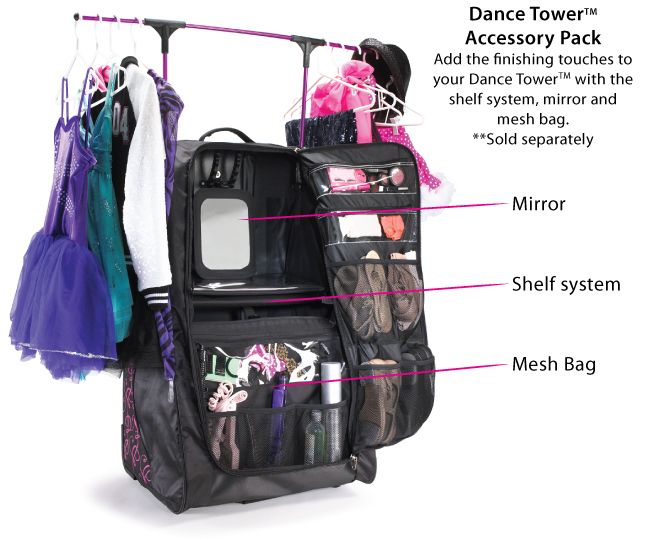 The competition can be held in any company of adults. But for a large company, the host will need to ask the guests for small items - “requisites” for the competition (for example: a comb, belt, lipstick, cigarettes, key chain, etc.) and arrange them on the table, then ask the participants to quickly put something in the bag which they like best. Please return the props after the competition.
The competition can be held in any company of adults. But for a large company, the host will need to ask the guests for small items - “requisites” for the competition (for example: a comb, belt, lipstick, cigarettes, key chain, etc.) and arrange them on the table, then ask the participants to quickly put something in the bag which they like best. Please return the props after the competition.
See also new contests:
All-Russian competitions: vserossijskie-konkursy
International competitions: mezhdunarodnye-konkursy
Literary competitions: literaturnye-konkursy
Children's competitions: children-konkursy
Creative contests: tvorcheskie-konkursy
5. Competition "Comic lie"
The presenter chooses a cheerful, positive communicative person from among the guests. He will be the "mouthpiece" of comic lies - he will impromptu answer the questions of the guests of the feast, and the guests should try to bring him "to clean water. " Questions may relate to the "culprit" of the celebration, guests, items and dishes on the table. The competition will be held in a well-known format: "lie detector - truth serum", you will need to be creative. Alternately, any of the guests present at the birthday party can participate in the competition. At the end, two prizes are given out, one for the answerer of the questions, the other for the most playful, funny or creative question. (For example: Question - "Who made this salad?" Answer - "I bought it in a nearby supermarket", guests need to refute such a statement.).
" Questions may relate to the "culprit" of the celebration, guests, items and dishes on the table. The competition will be held in a well-known format: "lie detector - truth serum", you will need to be creative. Alternately, any of the guests present at the birthday party can participate in the competition. At the end, two prizes are given out, one for the answerer of the questions, the other for the most playful, funny or creative question. (For example: Question - "Who made this salad?" Answer - "I bought it in a nearby supermarket", guests need to refute such a statement.).
6. Funny competition “Broken phone”
The host honors the birthday boy and says an approximate phrase: “Let's all tell the “hero” of the occasion what he is like in life, tell about his successes and achievements.” Then, playing the “spoiled phone”, in an indistinct whisper he passes a joke to the guest sitting next to him - a description of the birthday man. This information in a modified form passes from guest to guest, acquires some details (improvise). The guest, sitting near the birthday man, announces what he has heard for general fun. Conversation - the joke can be repeated several times, saying something new is also slurred.
The guest, sitting near the birthday man, announces what he has heard for general fun. Conversation - the joke can be repeated several times, saying something new is also slurred.
7. Image Collection Contest
The birthday boy puts some items from his wardrobe in a box and asks to put in the box some of the guests’ items that are not needed at the table (for example: gloves, hat, umbrella, scarf, etc.) . Invites several participants (two, four, six people - you need to play in pairs), and you will need to focus on the number of things in the box. Team members take out wardrobe items from the box in a short time and dress each other. The best design image deserves an award.
8. Contest at the “Guess” table
The host brings several items to the audience and asks the guests to guess what is encrypted in the collection of these items. What kind of information load do they carry? Guests put forward different versions, but they are unlikely to be able to guess right away. The first letters of the collection of items make up the name of the birthday boy. For example: name - Leo; items - varnish, blackberry, funnel. During the competition, the host asks to actively offer options, encourages participants, makes tips. The prize (a collection of these items) is awarded to the first person to offer the correct answer. If, however, the guests guess quickly, you can continue the competition, now the guessed word for the collection of items can be any dish on the table, you need to prepare the second collection in advance.
The first letters of the collection of items make up the name of the birthday boy. For example: name - Leo; items - varnish, blackberry, funnel. During the competition, the host asks to actively offer options, encourages participants, makes tips. The prize (a collection of these items) is awarded to the first person to offer the correct answer. If, however, the guests guess quickly, you can continue the competition, now the guessed word for the collection of items can be any dish on the table, you need to prepare the second collection in advance.
9. Competition “Who is smarter?”
Have a plastic cup and some straws ready. The participant of the competition takes a straw in his mouth, with its help he tries to pick up a plastic glass and pass it to his neighbor. Neighbors do the same. Accepts a glass with a straw and passes the baton to another. You can't take the glass with your hands. During the competition, there is animation and fun.
Adult birthday contests are funny
10.
 Reverse Contest
Reverse Contest The host offers a few words to the participants of the feast, but pronounces them while reading from the end in reverse order (for example: akliv - fork, talas - salad, nanab - banana, etc. .d.), reports that they are all on the table. Further, he proposes to understand what is encrypted in these words, to guess the objects, to find them. The participant who finds all the items the fastest will be the winner of the competition.
11. Competition "Culinary Expert"
The competition takes place on the principle of the familiar game of cities, but as a "city" participants will pronounce culinary dishes. As it turned out, this is much more difficult. The first guest says the name of the dish, the next one adds his name of the dish, to the last letter of the word. For example:
"Beef Stroganoff - Vinaigrette - Meatballs - Caviar, etc." Guests, having cheered up, can help each other if the pause drags on. The prize is given to an expert in culinary names.
12. Joke Story Competition
Each of the guests for this competition at the table proposes one word. The birthday boy writes down all the words and composes a funny story - a joke, weaving all the words into the text. Then he reads (or tells) to her guests. Then you can pass the baton to one of the guests and start the competition at the table again. The narrator with the funniest joke wins.
13. Competition "Master of epithet, master of compliment"
Competition of beautiful epithets, compliments about real men and women. The guests of the feast are conditionally divided into two groups, in one - men, in the other - women. Participants should be equally divided, other guests can help any group. The essence of the competition is that women reward with epithets, compliments of men, men - women. The team that lasts the longest wins. Try to make it fun and dignified.
14. The funniest contest
Organize a cool competition for the funniest questions and answers on any topic for your guests. Give the biggest original a prize.
Give the biggest original a prize.
15. “We come from childhood” competition
Ask the guests invited to the birthday party in advance to prepare their childhood photos, preferably from the “amusing photo” or “fun photo” series. During the feast, hand out photos. Guests will need to understand who is shown in the picture. The one whom they recognized, guessed, will have to tell their favorite rhyme from childhood or sing their favorite song.
16. Cheerful competition "Funny Advertising"
Table competition for a small company, whose participants during the celebration "with one eye" watch TV. Advertisements are shown frequently. The number of participants depends on the number of videos on the screen. During the next commercial break, the presenter turns off the sound of the TV. At this time, one of the guests of the feast begins, advertises a silent video using words, gestures, actions. As soon as one advertised story ends, another guest enters.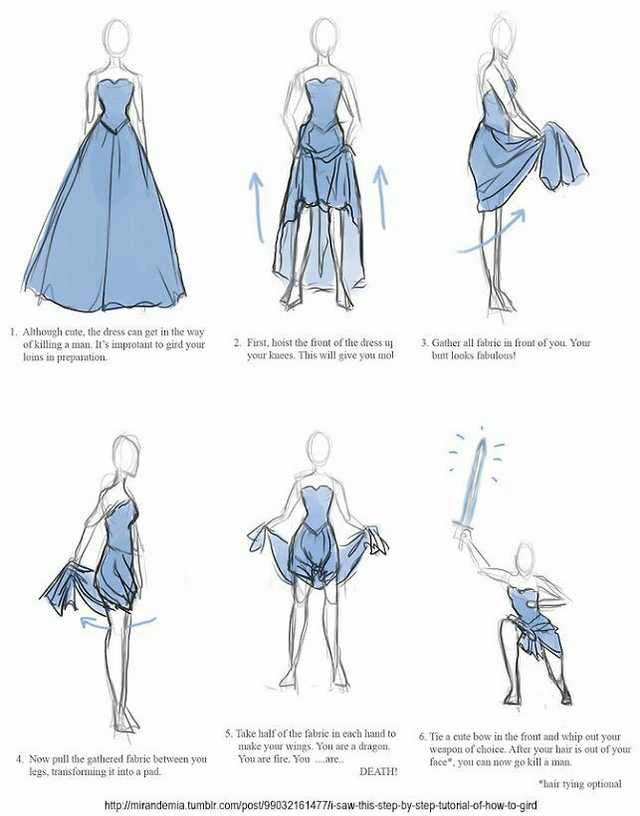 It is important here that each next participant starts voicing ads immediately when changing the video on the screen. It will be a funny amusing competition, since none of those present knows how many minutes the video sequence will last.
It is important here that each next participant starts voicing ads immediately when changing the video on the screen. It will be a funny amusing competition, since none of those present knows how many minutes the video sequence will last.
17. Contest “What a bird”
The host sits the contestant on a chair with its back to the guests. After that, he hangs a card on the back of the chair, on which is the name of some famous person (the participant should not see the name). Then the facilitator invites the participant to guess which bird's name is written on the card. The participant can ask any questions (for example: “Does she have a large wingspan?”, “Where does she live? Etc.”). The guests of the feast can answer them in different ways, but you don’t need to immediately voice the name of the person.
18. Competition "Guess the weather"
The birthday boy names several capitals of the world (how many guests, so many capitals). Each guest chooses one and reports what the weather is like there at a given time, based on their knowledge and intuition (cloudy, snow, wind, sunny, rain, air temperature, etc. ). The birthday boy checks the erudition of guests on the Internet using his phone.
). The birthday boy checks the erudition of guests on the Internet using his phone.
19. Gesture Contest “Guess the song”
The host prepares a list of songs, enters the name on separate cards (the number of cards is equal to the number of guests present at the birthday party). One of the guests of the feast chooses one of the offered cards from the host. Reads the title (to himself, not aloud) and explains to other guests, with the help of gestures, what the song is. He can confirm the assumptions and guesses of other participants about the name of the song only with the words “yes”, “close”, “something similar” or reject with the word “no”. After the song is guessed, the other guest again chooses the card with the name of the song and continues the contest. The host awards points to guests for successful guesses. Whoever has more points gets a prize.
20. Competition "What is it?"
The host invites some guests to participate in the competition. All of them are blindfolded, they check that nothing can be seen. The host takes a cutlery (fork or spoon), informs the participants of the competition what is in his hand. Then she knocks on some object standing on the table, she is interested in “what kind of object is this?”. Participants must guess the name of the object by ear. The one who guesses is uncovered and awarded a prize, the rest continue to guess. The guests at the table cheer the contestants with the words “cold”, “hot”.
The host takes a cutlery (fork or spoon), informs the participants of the competition what is in his hand. Then she knocks on some object standing on the table, she is interested in “what kind of object is this?”. Participants must guess the name of the object by ear. The one who guesses is uncovered and awarded a prize, the rest continue to guess. The guests at the table cheer the contestants with the words “cold”, “hot”.
21. Competition "Surprise"
Starting this table competition, the host asks the guests if they know who invented the fork. Since there is no reliable information about this, the guests will perk up, (for sure they will remember Neptune, the royal people who first used the fork at the table) will talk about the history of the fork, guess who invented it. After discussing the topic, the host gives one of the guests a clean fork. Offers to choose any product from the dishes on the table and chop on a fork. Then he offers to pass the fork with the product to the neighbor, he must also choose the product and chop it on the fork.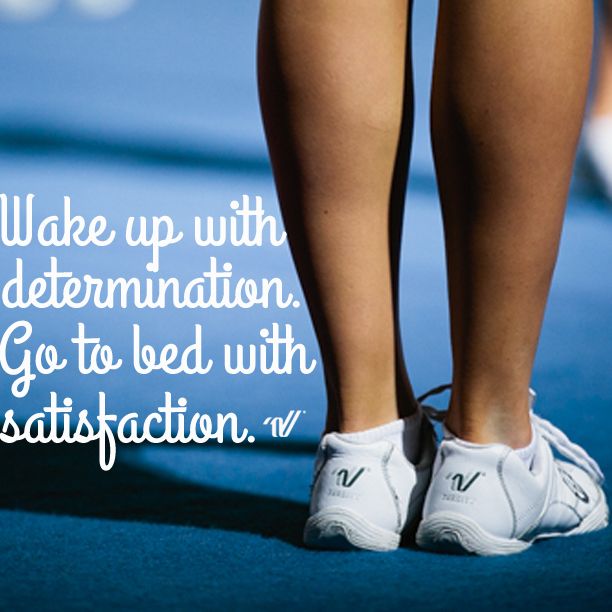 So the fork passes from guest to guest. The presenter asks the contestants to make the contents on the fork not only high-calorie, but also beautiful. The resulting version of the set of products is presented as a surprise from the guests to the birthday man, he must eat it.
So the fork passes from guest to guest. The presenter asks the contestants to make the contents on the fork not only high-calorie, but also beautiful. The resulting version of the set of products is presented as a surprise from the guests to the birthday man, he must eat it.
22. Competition “Guess the dish or object”
One of the guests is blindfolded. They give two forks, with which he will determine either an object or a dish. The contestant must find out what the dish consists of without trying, if it is an object, then what it is, and tell the guests about it. The participant has the right to ask questions to guests, but you can only answer in monosyllables “yes”, “no”, “close”.
23. Competition "Recognize by voice"
Interesting entertainment for all guests who came to the birthday party. The host offers to find out if the birthday boy knows his guests well. The birthday boy is turned back to the guests. The guests say his name in turn, one of them changes his voice.
24. Competition "Proposal"
The host or the birthday person lay out cards with funny offers intended for guests near the plates, you can put them in an envelope. During the party, at different times, he asks the participants to open the envelope and fulfill what is written on the card. Different sentences can be written, for example: it is characteristic (in the form of a flattering cat) to purr near the birthday boy; make a cheerful toast; joke; tell a joke; crow loudly with expression; sing, etc.
25. Ridiculous contest
Prepare questions and answers, print them on cards. Distribute questions to the guests at the table on the right. The answers must be mixed and distributed to the guests at the table on the left. Guests sitting opposite each other read, each from their own card, a question, then an answer. Ridiculous combinations, random inconsistencies will amuse the audience.
26. Contest "Talker"
Two or more people participate.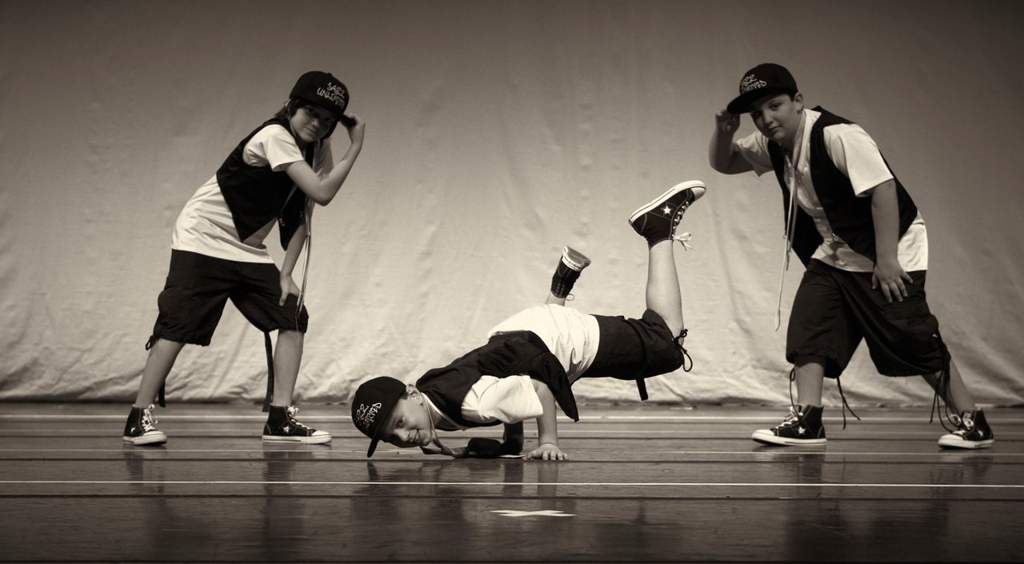 The facilitator selects a topic, for example, “Shop” for one, “Repair” for the second. At the command of the facilitator, the participants try to cover their topic as fully as possible in a fun and creative way, to tell without getting lost or stopping. They will tell at the same time. The participant who does not lose the thread of his story is awarded a prize.
The facilitator selects a topic, for example, “Shop” for one, “Repair” for the second. At the command of the facilitator, the participants try to cover their topic as fully as possible in a fun and creative way, to tell without getting lost or stopping. They will tell at the same time. The participant who does not lose the thread of his story is awarded a prize.
27. Competition "Small concert"
Prepare cards with lines of song verses, choruses. Cut the cards into two parts, in one - the first part of the verse or chorus, in the other - the second. Shuffle, mix up the cards. Divide guests into two or more teams. Distribute cards to all guests of the feast. The guests must find each other, that is, compose a verse of a song or chorus and sing it together.
28. Competition "Why"
The leader brings several empty cards, pens and invites different guests of the feast to write any object into the received card. When the guests cope with the task, he collects cards and asks (each separately) to tell, jokingly improvising why they wanted to give the birthday man a gift - an object that they wrote.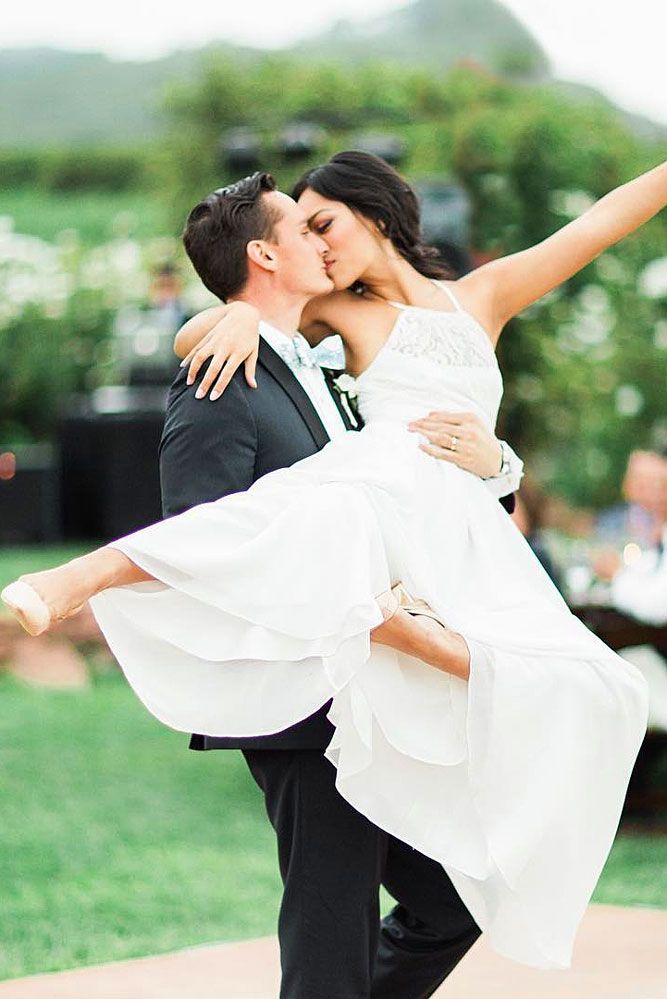
29. Don't interfere!
Choose a song by asking guests what song they know well. Choose two participants from the guests, both will sing this song, but the second participant, being late, enters and starts singing a few seconds later than the first and louder. Thus, he knocks the first one off the melody and words. Reward the one who sings to the end. Repeat the contest with other participants.
30. Retrieve the Apple Contest
The leader brings 2 deep, transparent, large bowls of water. An apple floats in each bowl. The host invites 2 participants. They will need to use their hands to pull the apple out of the bowl, which keeps slipping away. The luckier one wins.
31. Funny photo competition
The host asks the participants of the feast to get smartphones (phones). Everyone will need to find the funniest or most fun photo in the folder of their smartphone and show it to other guests. (You can take a funny photo in Snapchat). The winner is determined by general vote.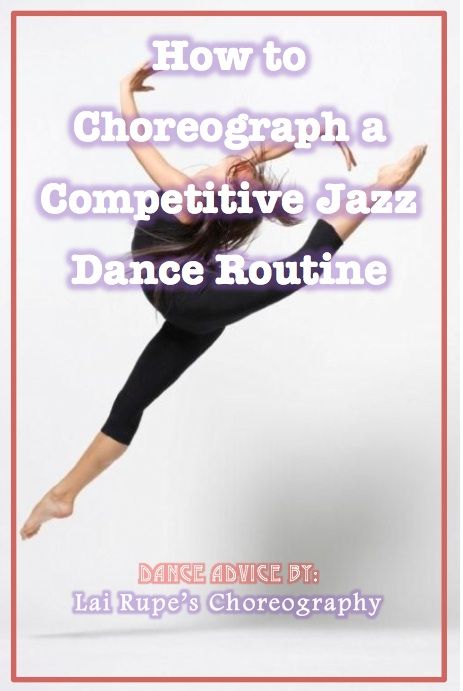
32. Competition "Cheerful storyteller"
The host asks the guests who knows jokes about vegetables, chooses 2 participants from those who responded (better than men, the competition will be more fun with them). He leads them to a table where there are two trays with hand washing kits, 2 small salad bowls, salad products, dressing, greens, cutting boards, vegetable cutting kits. Participants have to make a salad within a certain time, telling jokes about vegetables in turn. The guests choose the funniest storyteller.
33. Competition "Semitsvetik"
7 participants are invited. The facilitator brings a large paper flower (do it yourself), on the petals of which the task is written on the back (for example: tell a joke, jump like a grasshopper, run like a chicken, etc.). Participants tear off a petal and perform funny tasks.
34. Catchphrase Contest
The presenter invites comedy film connoisseurs. Two guests participate. The host tells both the names of comedies. They need to tell which actor / actress participated in it and recall the hero's funny catchphrase. For everyone's fun, guests can help the participants.
The host tells both the names of comedies. They need to tell which actor / actress participated in it and recall the hero's funny catchphrase. For everyone's fun, guests can help the participants.
35. Competition “I'll sing to you”
Headphones are put on the birthday boy so that he cannot hear what will happen. You can turn on the music quietly (it will knock down the desired melody). The guests are given cards with questions. The host invites the guests of the feast to ask questions to the “culprit” of the celebration in turn. Answering them, he will sing a verse of the song from the card offered by the presenter. You need to choose interesting options for questions and verses of songs in advance. Write down both on cards, give questions to guests, cards with couplets from the host. The birthday boy can improvise while singing - it will be more fun (he can help himself with gestures, dance.).
Versions of the songs: “One cannot live in the world without women, no”; "For you, the sky is in the palm of your hand"; “So fate brought together”; “I’m happy like no one else,” etc.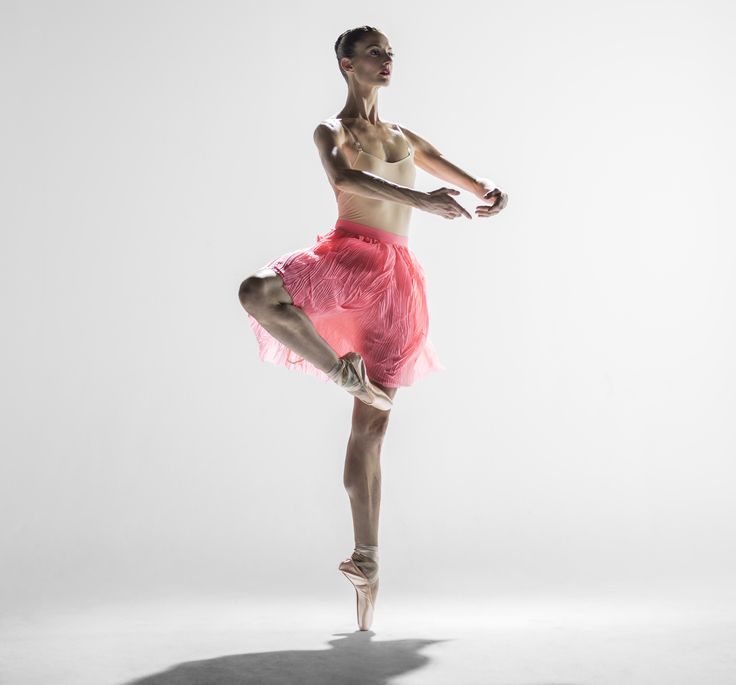
Think up questions yourself, for example: “How does (birthday boy’s name) feel about women?”, “What do you (birthday boy’s name) want to do for this guest? " etc.
36. Competition "Compliments"
The presenter starts a competition of compliments for the birthday boy, choosing a participant from among the guests. Guests are randomly selected. After the first compliment is uttered, passes the word to another. Whoever finds it difficult to answer is out. The prize goes to the participant of the feast for the most beautiful compliment or to the one who gave them the most.
37. Competition "Guess the place"
The participant is seated on a chair with its back to the guests at the table. The host hangs a sign on the back of the chair that says “SPA-salon” or “ZHEK”. Guests ask leading tricky questions to the participant without revealing the name on the plate, for example: “Why do you go there?” or “What are you taking with you?” etc. The person sitting on the chair is looking for answers, trying to understand where he is, asking counter questions. When you guess right, hand over a prize - a napkin for a SPA-salon or a copy of a utility bill.
When you guess right, hand over a prize - a napkin for a SPA-salon or a copy of a utility bill.
Movable adult birthday contests
Movable adult birthday contests are entertaining in nature with elements of any action outside the feast area. More often mobile competitions are held in a large company of adults gathered for a birthday, less often in a small company. For mobile competitions, it is important to take into account the size of the room where the holiday will take place. In addition, additional props will be needed so that adult birthday contests (mobile) have the effect of a fun game.
Choose moving, funny contests and entertainment for adults' birthdays:
38. Funny Face Contest
The host brings a balloon or a light ball. Invites participants (any number). Puts them in a circle. Brings one player to the center of the circle and passes a balloon to him. The player must throw the ball higher, during the competition the other participants must move in a circle. As soon as the balloon touches the floor, all participants must freeze, not move or smile. The participant in the center of the circle must make the whole company laugh as best he can (make a face, amusingly pound his chest, etc.). The one who reacts and laughs becomes the center of the circle and throws up the balloon again. The previous driver returns to the festive table.
As soon as the balloon touches the floor, all participants must freeze, not move or smile. The participant in the center of the circle must make the whole company laugh as best he can (make a face, amusingly pound his chest, etc.). The one who reacts and laughs becomes the center of the circle and throws up the balloon again. The previous driver returns to the festive table.
39. Competition "Fast Couple"
Guests who wish to participate in the entertainment are placed in pairs (a man and a woman) in one line. Each pair is given a large sheet of paper with two holes for the legs, the participants carefully insert one leg into the slots (one sheet should contain two legs, one of which belongs to a man, the other to a woman). At the command of the leader, the couples run to the finish line, the condition is that the sheet of paper must remain untorn. The fastest pair that fulfills the conditions of the competition wins.
40. Cool competition "Who is this?"
The competition is mobile, any guests sitting at the table can be participants in turn. Prepare some cards with pleasant, humorous or playful comments about the birthday person or guests. One of the guests takes a card, reads the review (not aloud), and depicts with the help of gestures what is written. The guests are trying to understand what he wants to say. At the same time, the gesticulator does not voice the text, only the words “Yes”, “No”, “Close” can be pronounced. Guesses the whole company or someone in particular. The one who managed to find out something performs (a choice of poems, a song, a dance, an anecdote, a funny story).
Prepare some cards with pleasant, humorous or playful comments about the birthday person or guests. One of the guests takes a card, reads the review (not aloud), and depicts with the help of gestures what is written. The guests are trying to understand what he wants to say. At the same time, the gesticulator does not voice the text, only the words “Yes”, “No”, “Close” can be pronounced. Guesses the whole company or someone in particular. The one who managed to find out something performs (a choice of poems, a song, a dance, an anecdote, a funny story).
41. Competition "Pantomime"
The presenter asks the guests a question, for example: "What does a fisherman by the lake do without a fishing rod?". Guests put forward answers. The facilitator chooses the most interesting ones and invites two who responded to take part in the competition. Each of them will need to play a scene without words on fishing without a fishing rod. Guests must guess what the participants are depicting and choose the best improvisation.
42. Competition “I see with my hands”
The leader chooses three guests of the feast. Two of them will hold the ends of the rope to which various objects are tied (for example: a toy, a bag, a shoe, etc.). It is necessary to choose those that are “blindly” doubtful to the touch. The third guest is blindfolded, he must determine the set of objects on the rope.
43. Red-Yellow Contest
The host scatters inflated balloons of two colors in the audience, for example: red and yellow. He recruits two teams of participants, the team "Red" and the team "Yellow" - names according to the color of the balloons. At the command of the leader “Start”, the participants of both teams need to raise and burst the balloons of the opposing team. The one who completes the task faster wins.
44. Competition "My Beloved"
Competition for men who came to the birthday party with their wife, girlfriend, beloved. The male participants are blindfolded. The women are placed opposite. Men need to guess their “soulmate” by the hand, you can feel the hand from the palm to the elbow. The competition will become more fun if there is a man in the women's group who has jewelry or a women's watch with a bracelet on his hand.
Men need to guess their “soulmate” by the hand, you can feel the hand from the palm to the elbow. The competition will become more fun if there is a man in the women's group who has jewelry or a women's watch with a bracelet on his hand.
45. Peel a banana contest
The moderator puts two chairs side by side. Puts a banana on each. Calls two contestants. Tie their hands with a ribbon. Participants need to use their hands to peel a banana and eat it. The one who can do it the fastest wins.
46. Competition "Peas"
The host brings two trays, puts two plastic bottles on it, puts 1 bag of peas next to the trays (2 bags in total). Invites two participants. Each of the participants will have to fill the bottles with peas in 3 minutes, emptying the contents from their bag without losing the product. The winner is the one who is faster, who has fewer losses.
47. Tasty Prize Competition
The host brings a long rope, at both ends of which a stick (plastic or wooden) is tied. Any tasty cargo is tied to the middle of the rope (for example: a fruit in a net, a box of sweets in a bag, etc.), which can be given to the participants of the entertainment as a prize. 2 participants are invited, they, at the command of the leader, wind the rope around the sticks. The more capable wins.
Any tasty cargo is tied to the middle of the rope (for example: a fruit in a net, a box of sweets in a bag, etc.), which can be given to the participants of the entertainment as a prize. 2 participants are invited, they, at the command of the leader, wind the rope around the sticks. The more capable wins.
48. Competition "Meeting"
Guests participate in this mobile competition in pairs (a man and a woman). The facilitator invites each pair to choose a meeting place (for example: an airplane, a fitness center, a store, etc.). Participants take turns acting out small scenes - funny dialogues about how they met. Guests of the feast choose the best artists.
49. Competition "Running in a bag"
The host puts two chairs against one wall, puts a large bag on each. Participants of the competition are divided into two teams (the same number in both). At the command of the leader, the first member of each team quickly pulls the bag on his feet, and runs in it to the conditional line at the opposite wall, then quickly returns back, passes the bag to the next participant. The contest ends when the last player from either team returns to the chair.
The contest ends when the last player from either team returns to the chair.
50. Retrieve the candy contest
The moderator brings 2 bowls of flour heaped in a heap. Candy is hidden in the bowls so that only a small piece of candy wrapper is visible. The facilitator chooses 2 participants. In a short time, they must, without the help of their hands, get a candy out of the flour. A capable participant who does not get his face dirty wins.
51. Competition "Let's dance"
Cool mobile competition for an odd number of participants. The couples begin to dance to the music, the leader offers the participant without a partner to dance with a mop. After a couple of minutes from the start of the dance, the leader muffles the sound of the music, at which time the couples change partners. This should be done without hesitation, since the participant with the mop at this time throws it on the floor, and drags the one who turns up under his arm to dance. The competition continues, the presenter turns on the sound of the music again. Left without a partner is forced to dance with a mop.
Left without a partner is forced to dance with a mop.
52. Contest "Rival"
The host selects two men from among the guests at the table. Participants are seated on chairs facing each other. Props - a long scarf (or you can connect several). One end of a long scarf should wrap around the head of one man, the other end of another. At the command of the leading man, pulling the scarf with his head, they try to lift the opponent from the chair.
53. Don't make a mistake contest
Any number of people can participate. The host brings scales, plastic bags and two containers, one contains beans, the other contains paper clips. Participants are given two plastic bags. Participants of the competition, in order of priority, focusing on their eye, must put 0.5 kg of beans and 0.5 kg of paper clips in different packages. The host checks the result on the scales, the winner is given a bag of beans.
54. Competition "On the ball"
Two or more teams of three people are grouped. The host gives each team a strong soccer ball. One of the players in each team stands on the ball, the other two help, hold them by the arms and run together to the finish line, then back. The most dexterous players win, whose standing on the ball does not fall off.
The host gives each team a strong soccer ball. One of the players in each team stands on the ball, the other two help, hold them by the arms and run together to the finish line, then back. The most dexterous players win, whose standing on the ball does not fall off.
55. Competition "The fastest"
The host invites two or more guests. Gives the participants two ropes, which they must tie tightly with one knot. Then he offers to exchange ropes. Participants check if they are firmly connected. After that, the leader requires the ropes to be untied. The participant who quickly completed the task wins.
56. Carry the balloon contest
The host invites an even number of guests, for example: 20 people, divides them into 2 teams. Each team should also be divided into groups of 5 people. They stand on opposite sides of the audience opposite each other and are built one after the other. The host gives each first player (from those groups that stand to his right) a tablespoon and a small tennis ball (from table tennis). Participants must run, holding a spoon with a plastic tennis ball at arm's length, to the player of their team on the other side of the audience. You need to try to carry the ball without dropping it, pick it up if it falls. The relay race continues until one of the teams wins.
Participants must run, holding a spoon with a plastic tennis ball at arm's length, to the player of their team on the other side of the audience. You need to try to carry the ball without dropping it, pick it up if it falls. The relay race continues until one of the teams wins.
57. Competition “Perform a number”
The host asks several guests at the table for one item of personal belongings (scarf, watch, brooch, scarf, tie, etc.). The owners of things will have to perform or tell something at their discretion (poetry, joke, dance).
58. Competition "Dessert"
Any number of participants in the competition. The host brings a set of identical products according to the number of participants (for example: cheese, fruits, chocolate, berries, green mint leaves, etc.), various sets and cutting boards. Announces the time of the competition - 5 minutes. During this time, each participant must create their own dessert, but put the products on the plate in an original way (for example: in the form of a funny face). The guests at the table watch the process, choose the most interesting one.
The guests at the table watch the process, choose the most interesting one.
59. Competition "Apple and Candle"
Any number of participants in the competition. Requisites: apple, candle, lighter or matches. The facilitator distributes apples to the participants, distributes candles and lights them. At his command, the contestants begin to eat apples and try to blow out the candle of another participant, protecting their own. The winner is the one who manages to finish eating his apple until the candle goes out.
60. Balloon Competition
Mobile competition with a large number of participants. The host or birthday person brings an inflated balloon. Participants stand in a circle, the game begins on command. You need to throw the balloon to each other, move only your arms, shoulders or head, do not take your feet off the ground.
The player who moves is eliminated, the game continues. The winner will be the one who does not violate the conditions of the competition.
61. Contest "Reincarnation"
Invite several enterprising guests to transform into any literary character, movie character or cartoon character. The image of the character is offered by the presenter (you can prepare costumes in advance or pick them up from improvised means). Participants act out small skits - jokes. The guests of the feast choose the best actor.
62. Cheerful contest
The moderator announces a joke contest. He hangs signs with the topics of jokes on several chairs and invites participants. They choose a topic, sit on chairs. They take turns telling jokes on a given topic. The participant who knows the topic best of all wins, i.e. lasting the longest.
63. Competition "Sweets"
The host brings scissors and a rope on which sweets hang on long threads (make a model yourself), inside the candy wrapper task: what the participant needs to do (for example: walk, as if you are walking with heavily loaded bags; jump like a monkey in a cage, jump like a sparrow, etc.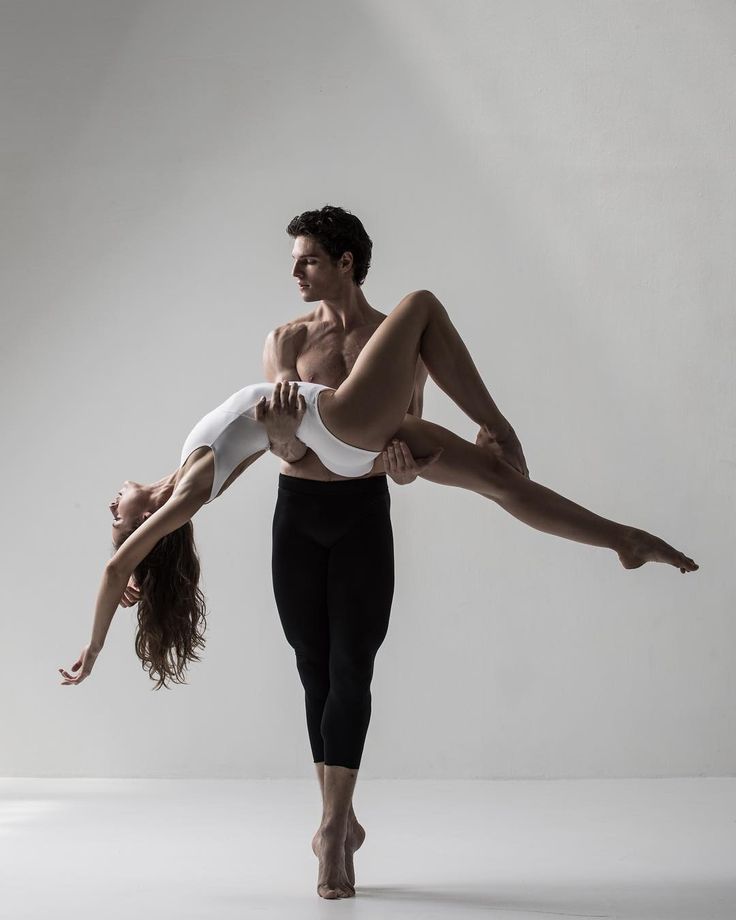 ). The number of participants is equal to the number of sweets on the string. At the end of the contest, award the funniest contestant.
). The number of participants is equal to the number of sweets on the string. At the end of the contest, award the funniest contestant.
64. “Repeat” contest
The host selects several participants for the mobile contest. They will repeat his actions, but in reverse. For example: the leader sat down - the participants stood up, the leader turned around - the participants stand still, the leader raised his hand - the participants do not raise, the leader lowered his hand - the participants raise. The most attentive is the winner.
65. “Find a birthday boy” contest
The moderator chooses one of the guests to take part in the contest. He asks him to put on mittens and blindfolds him. Then he raises several people from the table (among them there should be a birthday boy and a person similar in complexion to him). Then he brings the contestant to this group, he needs to guess who is in front of him, touching the person’s head or face with his hands in mittens.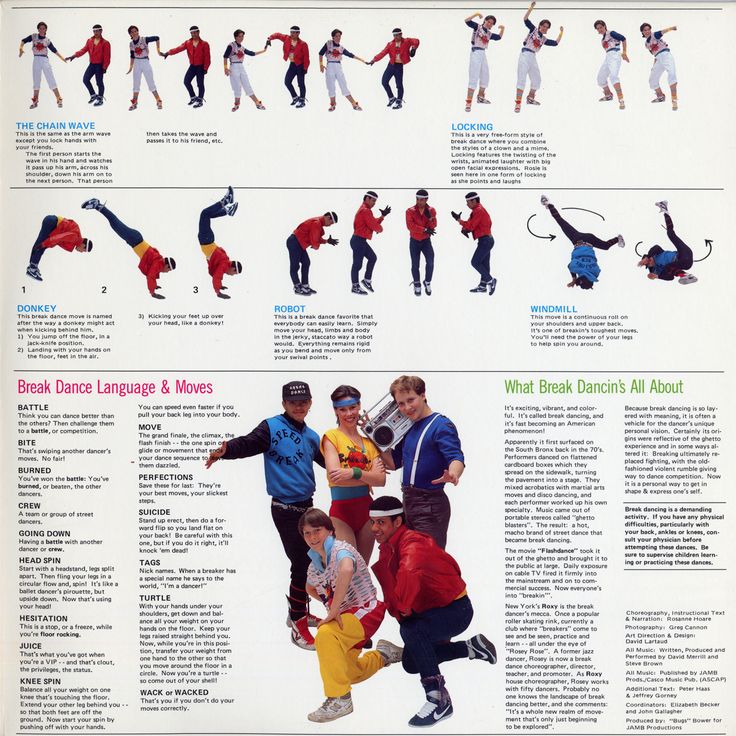 You need to find the birthday boy, only then take off the bandage and mittens.
You need to find the birthday boy, only then take off the bandage and mittens.
66. Athlete on a Bicycle Competition
The competition will require a pair of tricycles, a couple of chairs and a large audience. Chairs, like a small obstacle, are placed in the direction of cyclists, they must go around them. Place the chairs close to each other, but so that the bike can pass between them. At the command of the leader, the participants get on their bikes and try to get to the finish line as quickly as possible.
67. Competition "Kanat"
This competition comes from ancient Slavic traditions. The leader brings a long rope - a thick rope. An equal number of participants take the rope from one side and from the other side. They start dragging. The team that is stronger wins.
68. Competition "Personal Artist"
Guests should be divided into two teams, both will draw a portrait of the birthday boy blindfolded. Which of the teams will have a portrait closer to the original (more like a birthday boy), that team will receive a prize.
69. Competition "Like in childhood"
The host calls several participants. Brings oversized women's shoes to the girls. He asks everyone to walk the gait of a model in such shoes. Turns on music. Guests choose the coolest performer.
70. Competition "Athlete"
The host turns on the music. Invites everyone to a quick dance. Gives one participant two light toy dumbbells. Participants will pass them to each other during the dance. It is forbidden to refuse dumbbells. When the music stops, the one with the dumbbells in their hands continues to dance, but imitates an energetic athlete. Participants repeat his movements. The “athlete” passes the dumbbells to the one who does not have time to repeat the movements. The host turns on the music again, the "athlete" returns to the festive table.
71. “Draw” contest
The host brings a drawing - some funny picture on a large sheet of paper. One part of the picture is visible, the other is covered with a dense second sheet.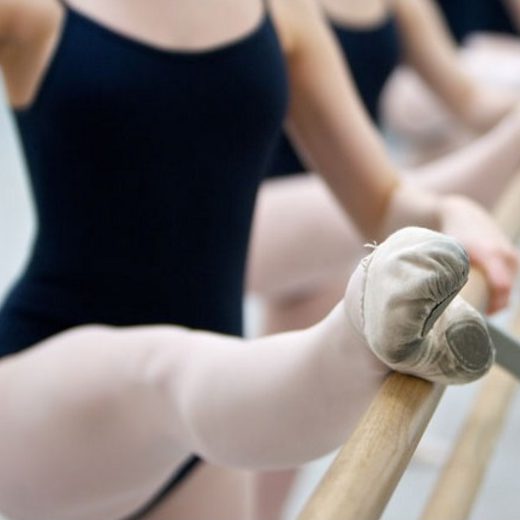 The host invites the guests, using fantasy and imagination, to finish the unfinished fragment in turn. After the guests finish painting, the host opens the invisible part.
The host invites the guests, using fantasy and imagination, to finish the unfinished fragment in turn. After the guests finish painting, the host opens the invisible part.
72. Competition "Mummy"
You will need paper towels - 2 rolls. The host invites 4 participants, divides them into 2 groups. Each group will need to wrap one of the participants in a paper towel in a short time, creating a mummy. The faster team wins.
73. Competition “Let's dance”
The host brings a couple of chairs. Invites two participants, they sit on chairs. The host turns on the music, commands which part of the body to dance (leg, arm, head, shoulders). Guests choose the most creative dancer.
74. Competition "Button"
Prepare two identical but unstable buttons. The guests at the table are divided into two teams: the team on the right, the team on the left. The first players on the right and left, on command, pass the button to each other without dropping it.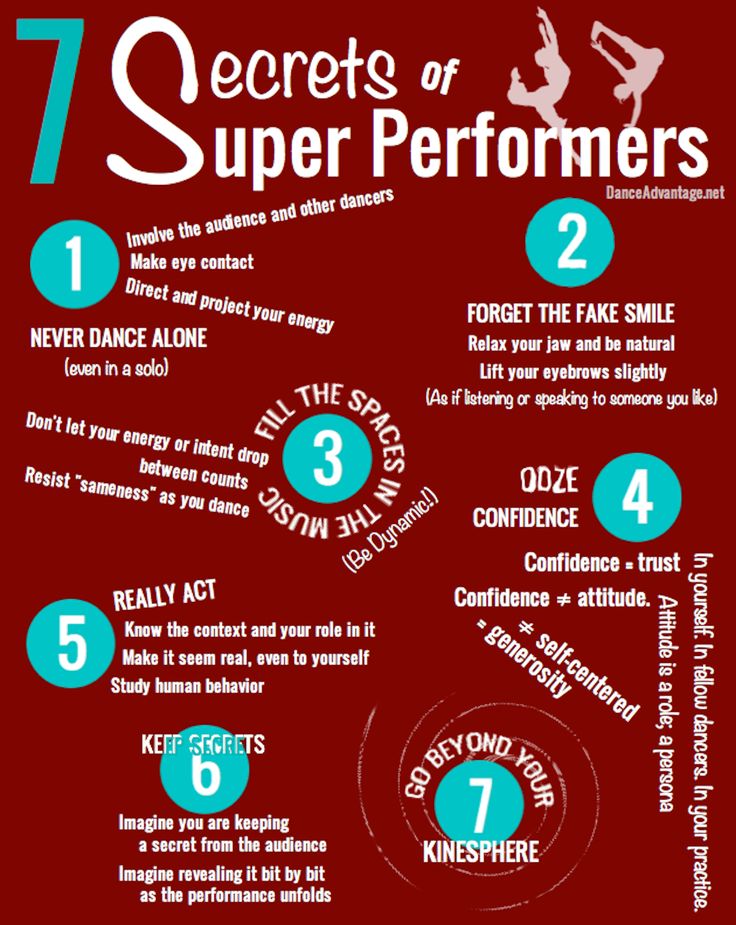 The button is transmitted in a special way - on the phalanx of the finger. The team that passes the button faster and never drops it wins.
The button is transmitted in a special way - on the phalanx of the finger. The team that passes the button faster and never drops it wins.
75. Competition “Walk to the music”
All women can participate. The host invites everyone to demonstrate a flying gait or gait of models at a beauty contest, at the finish line, the participant must curtsy. Each participant includes different music. The winner is chosen by all guests.
76. Fishing Contest
The host brings a chair - it will be a boat, two light toy skittles - these will be oars, a toy fishing rod. The competition will be attended by two girls, in turn. In 3 minutes, they must act out a scene “on a fishing trip”, connecting improvisation and acting skills. Guests choose the winner. If desired, you can change the scene, play a scene "driving" using other props.
77. Competition “Perform a clip”
Competition is a competition for popular melodies. The facilitator calls one participant. Includes song. The participant of the competition needs to create a clip - mimicry, gestures to portray the artist's singing. The competition is repeated for other participants. The presenter can pick up various verses of songs, with one performer - a soloist or a group, in the latter case he invites several people. The guests sitting at the table choose the winner for the best improvisation.
Includes song. The participant of the competition needs to create a clip - mimicry, gestures to portray the artist's singing. The competition is repeated for other participants. The presenter can pick up various verses of songs, with one performer - a soloist or a group, in the latter case he invites several people. The guests sitting at the table choose the winner for the best improvisation.
78. Competition "Hurry up to take a chair"
The host will need an assistant. Several people are participating in the competition. Several chairs will be needed, one chair less than the number of participants. When the host turns on dance music, everyone dances. As soon as the leader stops the music, all dancers must take their chairs. Those who did not have time are eliminated, the assistant takes away one chair and the presenter turns on the music again. The couples continue to dance. The action is repeated, the competition continues until one participant remains on the dance floor.
79. Contest for attentiveness
The host invites several players and lines them up. At his command "Water" the players will have to take a step back, at the command "Land" - a step forward. During the competition, the host weaves consonant words and words of a different meaning into his teams (for example: water - land - land - water - sea - land - water - coast - hydrogen - earth - milk - strawberries - land - moraine, etc.) . Attentive participants can be rewarded with prizes.
80. Competition "Funny Cobra"
A fun competition. The facilitator chooses a couple of participants. Sets the task: to depict a cobra funny moving from left to right in the audience (room), crouching slightly and turning the feet to the sides, bending and hissing loudly. Each participant will perform the movements of the cobra in their own way - fun and cool. The best participant gets a prize.
Contests for the birthday of adults at the table
Contests for the birthday of adults at the table allow you to satisfy the human need for positive emotions, uniting the team, increase the degree of interest in each other.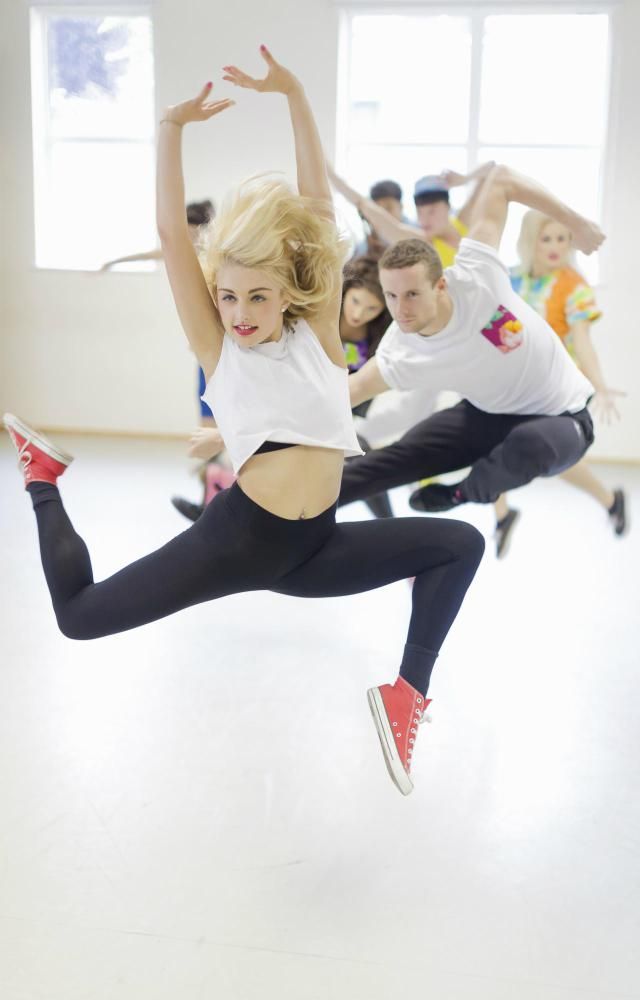
Family birthday feast is the basis of unity and strengthening of friendly relations between generations of adults. At the common table, many problems are solved, communication takes place, and a holiday is held.
A friendly birthday feast serves the interaction of adults in an informal setting, unites teams (creative, labor, social). People share their luck, successes, achievements. Funny contests for the birthday of adults at the table, setting the atmosphere of the holiday, entertain the team and amuse the guests.
Choose fun birthday contests for adults at the table, fun entertainment:
81. Contest "I"
Everyone at the table participates. The host explains that the guests will take turns pronouncing the names of birds and animals that come to mind, but they will add the pronoun “I” to them (for example: “I am a fox”, “I am a hare”, etc.). You need to start with a guest sitting near the birthday man and pronounce it in a chain. When the turn comes to the birthday man, he, taking the baton, must stand up and say the phrase “And I am the owner of this feast!” Laughter and jokes will "warm up" the guests.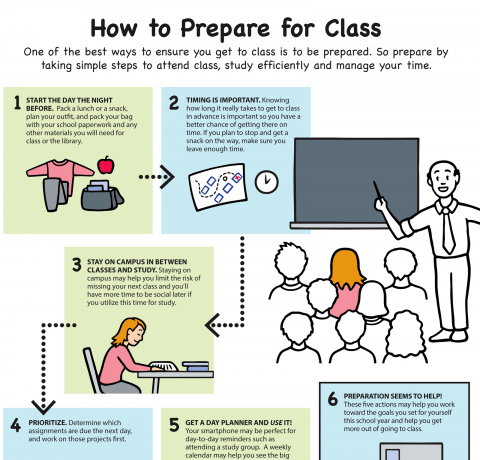
82. Competition "Wish"
The host chooses two guests at the table. Brings on two saucers (on each) half an apple with toothpicks stuck in it. Participants need, taking out toothpicks one by one, to say a wish to the birthday man. The winner is the one who lasts the longest.
83. Competition "Znayka"
The host selects several topics for the competition (for example: business, architecture, politics, family, etc.). Everyone can participate, each of the guests at the table will have their own theme. Then the facilitator gives each of the participants a sheet of paper and a pen, in one minute they must write words on the topic on their sheet. The host keeps track of the time. Whoever comes up with the most words wins.
84. Competition "Emotional"
The presenter asks to repeat after him a phrase with a different emotional coloring (threatening, joyful, sad, ingratiating). The phrase may be: “Neighbor, what’s the matter” or “Hello, Boris” (the name of the birthday man of the celebration).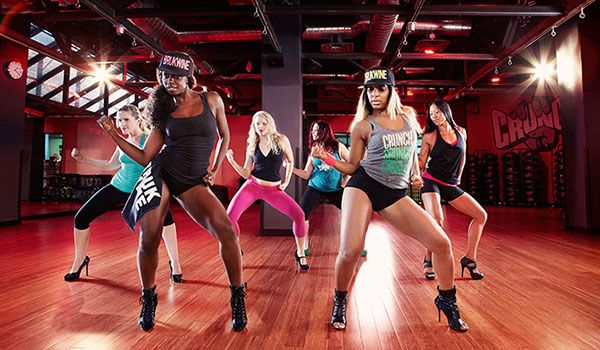 Different emotions of all the guests at the table will involuntarily cause laughter or a smile.
Different emotions of all the guests at the table will involuntarily cause laughter or a smile.
85. Competition "Napkin"
Give one of the guests a pile of paper napkins (the competition is held at the beginning of the feast), say that they forgot to put them at the guests' appliances. Invite guests to take as much as they need and put it near their plate. When all the napkins are sorted out, announce that the one who took more than one napkin should tell everyone in the audience something funny (a joke, an anecdote, a funny story) or perform something.
86. Ribbon competition
The leader brings a skein of a long narrow satin ribbon and a pair of scissors. Invites two participants. They will need to cut off a small piece of ribbon and tie it around the wrist of any participant in the feast. Competition for speed - the number of tied ribbons is taken into account. The one who is more agile wins.
87. Competition "Congratulations"
The host conducts a competition at the table, everyone participates.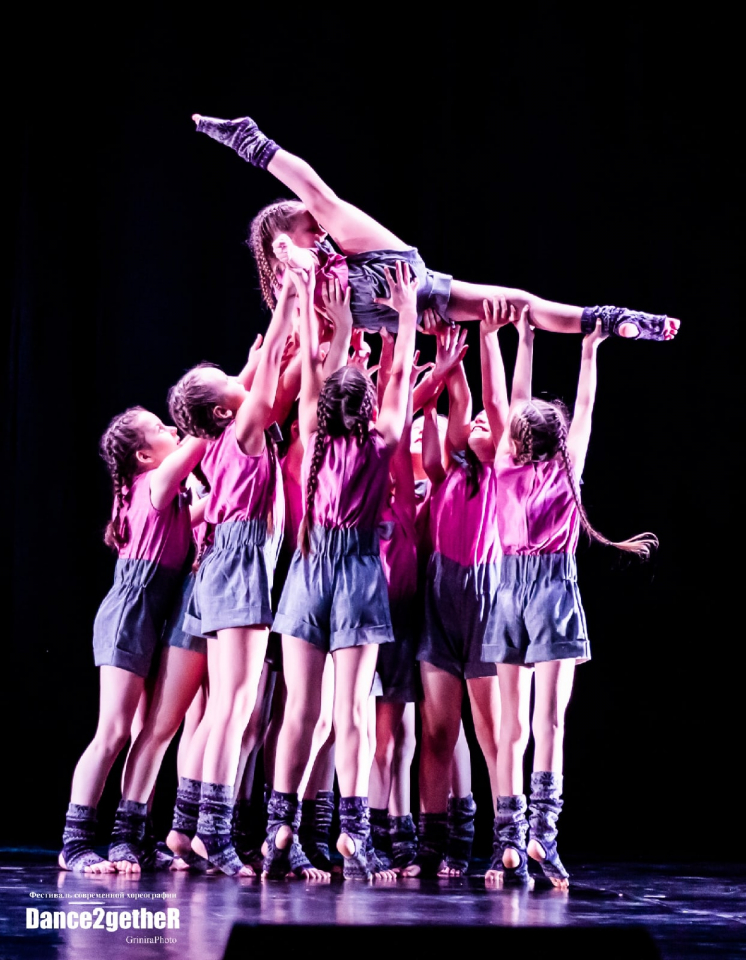 The guests of the feast in a chain congratulate the birthday man, voice congratulations. Everyone pronounces his own, original, without repeating the congratulations of other birthday participants. The one who can last the longest is rewarded.
The guests of the feast in a chain congratulate the birthday man, voice congratulations. Everyone pronounces his own, original, without repeating the congratulations of other birthday participants. The one who can last the longest is rewarded.
88. Competition “Question in an Envelope”
The host distributes envelopes to the guests at the table. The participants of this funny contest, without opening the envelopes, need to write the name of any mammal, insect, animal. After everyone completes the task, the guests take turns reading the question in the envelope, adding their word as an answer. Questions can be, for example: “How do I look when I enter a restaurant?”, “What do I look like in the morning?”, “How do I swim?” etc.
89. Competition "Gift"
The host conducts a competition at the table, those who wish participate. The leader gives them each a bag of light plasticine. Participants of the competition must make a souvenir for the birthday man from plasticine, something funny (for example, a funny monster, a funny animal).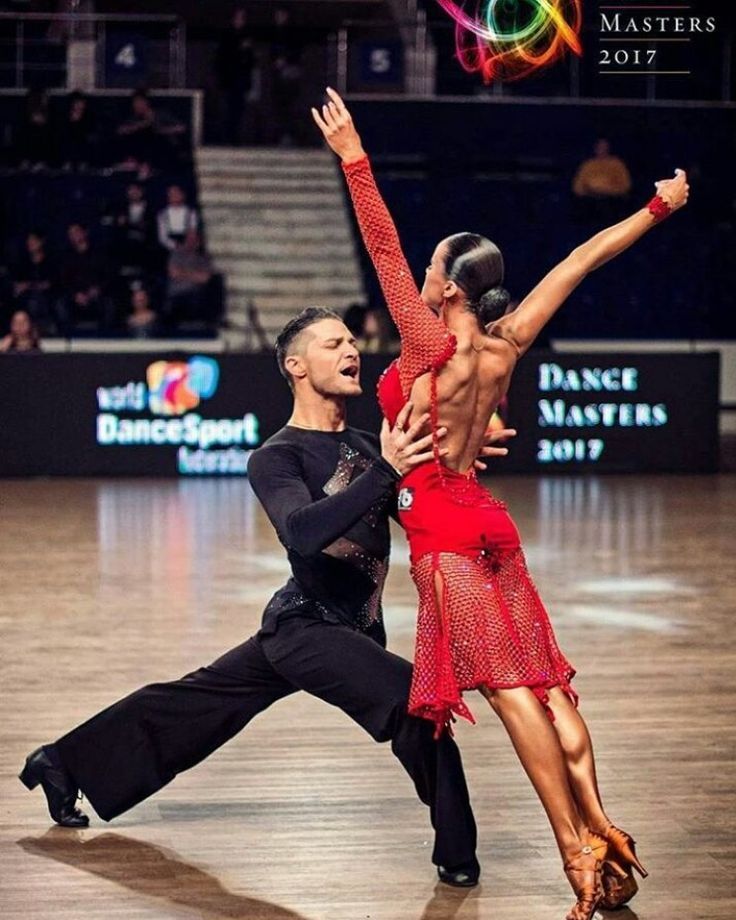 At the command of the facilitator, the participants begin. The time competition ends when all participants complete the work, but you need to ask them to make a souvenir quickly. At the end of the competition, the birthday boy receives all souvenirs from light plasticine as a keepsake.
At the command of the facilitator, the participants begin. The time competition ends when all participants complete the work, but you need to ask them to make a souvenir quickly. At the end of the competition, the birthday boy receives all souvenirs from light plasticine as a keepsake.
90. Competition “For the birthday boy”
The host distributes pencils and paper to the guests at the table. Everyone who wants to participate. The facilitator offers to draw a picture for the birthday man with his left hand for right-handers, with his right hand for left-handers. The "culprit" of the celebration chooses the best drawing, presents the prize.
91. Word Match
Give the guests at the table cards with only one letter of the alphabet written on it, each card has its own. Guests should pick up as many words as possible starting with this letter. Read the lists of words one by one. While one participant is saying the words, the rest are counting them. The one who picks up the most words wins.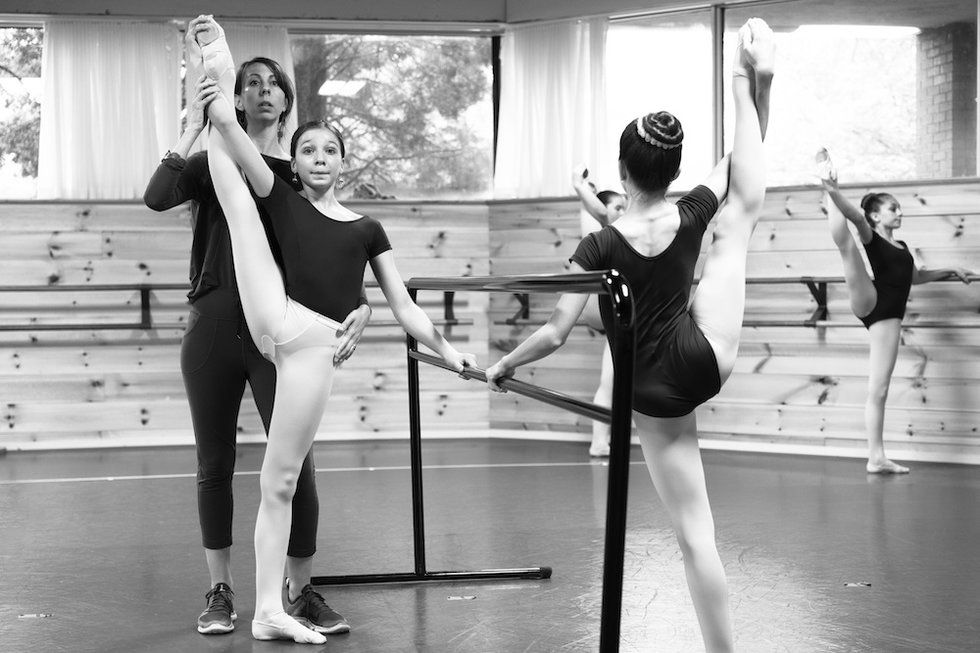
92. Competition “Intuition will not let you down”
The host invites several guests at the table to think and tell a few facts about themselves (two or three), weaving them into a funny story from their life. One true, one false. Guests must guess which fact is false based on their intuition.
93. Song Contest
All adult guests participating in the birthday celebration are divided into several groups (if a large company) or into two (if a small one). There are several people in each group. The topic of the song contest is announced by the presenter, for example: birthday. Teams compete with each other, take turns singing. The group that lasts the longest wins and outsings everyone.
94. Competition at the table “Canapés for the birthday boy”
The birthday boy distributes toothpicks to the guests and names several letters, choosing them from the first letters of the products lying on the festive table. For example: pear, cheese, apple, grapes (the first letters are g, s, i, c). Guests at his command collect canapes. Whatever the birthday man likes more, whose more refined, more beautifully composed, that guest wins.
Guests at his command collect canapes. Whatever the birthday man likes more, whose more refined, more beautifully composed, that guest wins.
95. Competition "Nice words"
Each participant of the feast needs to come up with as many pleasant words as possible - adjectives for the birthday man (for example: respected, attentive, cheerful, interesting, etc.). They will pronounce it alternately, in a chain. Anyone who finds it difficult to quickly pick up an adjective is out.
96. Competition "Gifts"
The host brings a few souvenir boxes, decorative wrapping paper, gift wrapping tape, scissors. Invites an even number of guests to participate in the competition. Put them in pairs next to each other. Connecting the right hand of one player to the left hand of the other, ties the hands together with one ribbon. Participants of the competition with the hands that remained free must pack the souvenirs and tie them beautifully with ribbons.
97. Tasty contest
During the tea party, bring several identical bowls with different types of sweets that are familiar to any sweet tooth. Choose a tasting participant (preferably a gourmet feast) and blindfold him. The guest tastes the sweets - says the name. For each mistake, something must be done.
Choose a tasting participant (preferably a gourmet feast) and blindfold him. The guest tastes the sweets - says the name. For each mistake, something must be done.
98. Competition "Promychu"
The host offers one of the guests at the table a card with the name of the song (he wonders if the words are familiar) and treats the guest with a candy or caramel candy. The participant must, making incomprehensible sounds with his mouth closed, sing, mumble the verse of the song along with the candy. Guests will guess the name.
99. Competition "Instruction"
The host invites guests at the table to come up with unusual and ridiculous questions (for example: "How to teach an elephant to fly?" "How to eat okroshka?"). Questions are written down on cards. Then he distributes the cards to the guests. They must come up with a fun instruction for the agreed time. The best author is awarded.
100. Competition "Thanksgiving"
The birthday boy takes a blank sheet of paper. At the top of the sheet he writes the phrase of thanksgiving: “Friends! I thank you all for your attention, for the warm wishes coming from the bottom of my heart.” (Does not read it aloud.) Then he announces the beginning of the competition, in which everyone will participate. The birthday boy passes his piece of paper to the sitting guest next to him. In a whisper, he asks him to add (write on a sheet) some creative or funny phrase from himself and bend a sheet of paper so that only part of the guest's text remains visible. For reliability, the text of the birthday boy is fixed with paper clips so that the guests do not read it ahead of time. The sheet with the message goes to each guest at the table, everyone adds something of their own and tucks the previous content. The birthday boy oversees the transfer of the sheet, asks the guests to be creative and write more concisely. The general message, having "circled" all the guests, returns to the "hero of the occasion", voiced by his birthday.
At the top of the sheet he writes the phrase of thanksgiving: “Friends! I thank you all for your attention, for the warm wishes coming from the bottom of my heart.” (Does not read it aloud.) Then he announces the beginning of the competition, in which everyone will participate. The birthday boy passes his piece of paper to the sitting guest next to him. In a whisper, he asks him to add (write on a sheet) some creative or funny phrase from himself and bend a sheet of paper so that only part of the guest's text remains visible. For reliability, the text of the birthday boy is fixed with paper clips so that the guests do not read it ahead of time. The sheet with the message goes to each guest at the table, everyone adds something of their own and tucks the previous content. The birthday boy oversees the transfer of the sheet, asks the guests to be creative and write more concisely. The general message, having "circled" all the guests, returns to the "hero of the occasion", voiced by his birthday.

